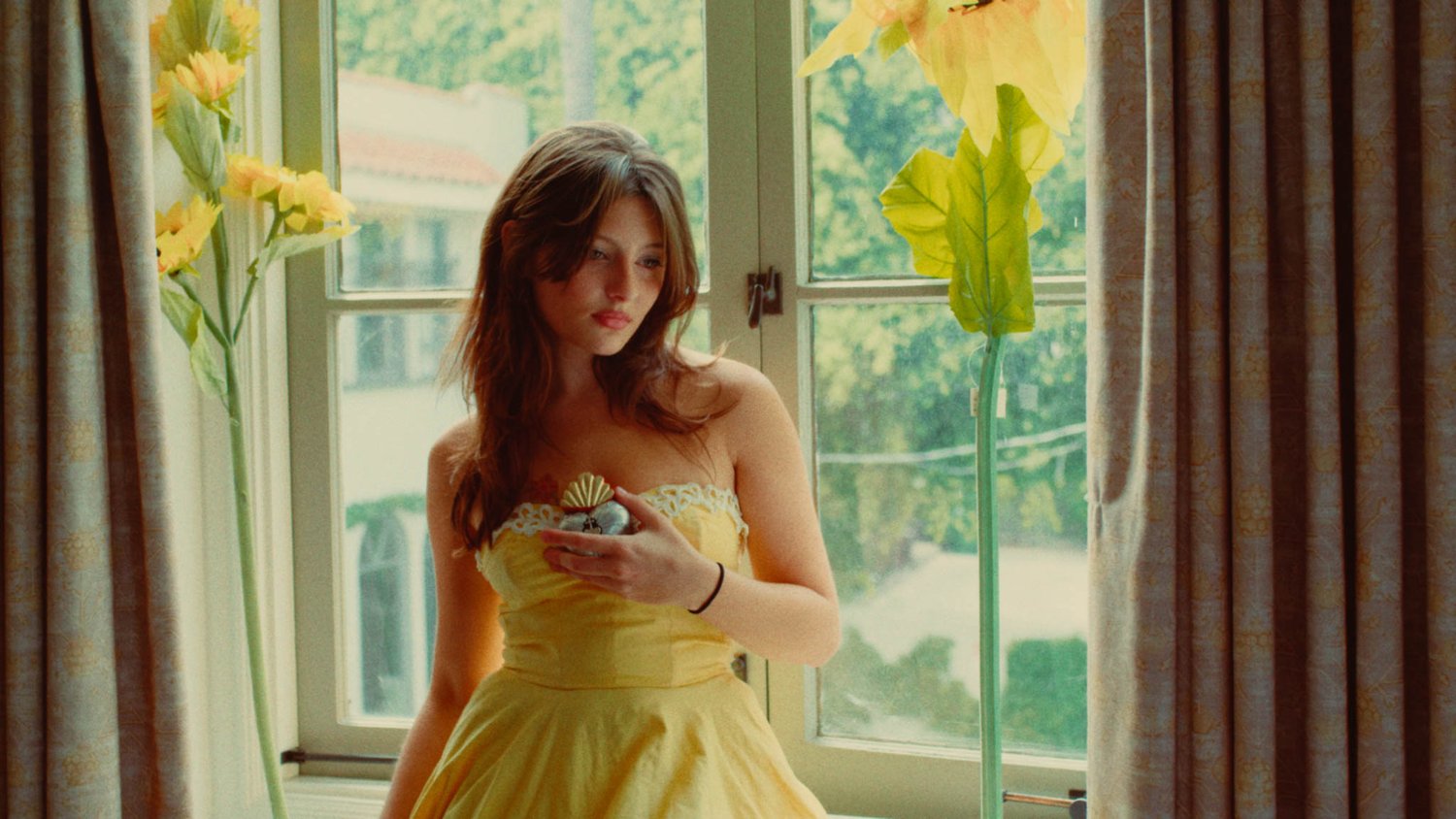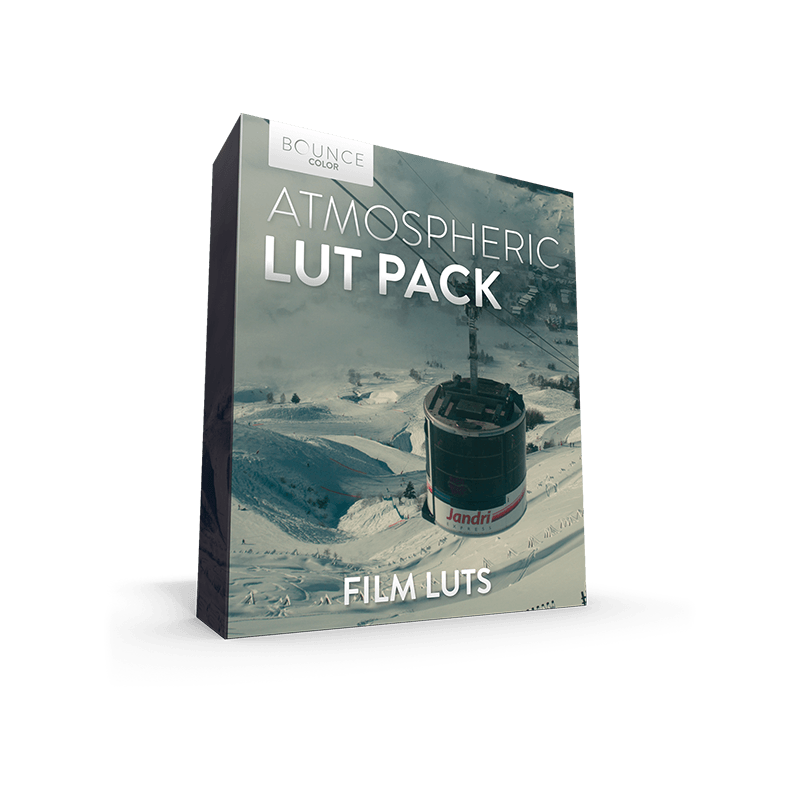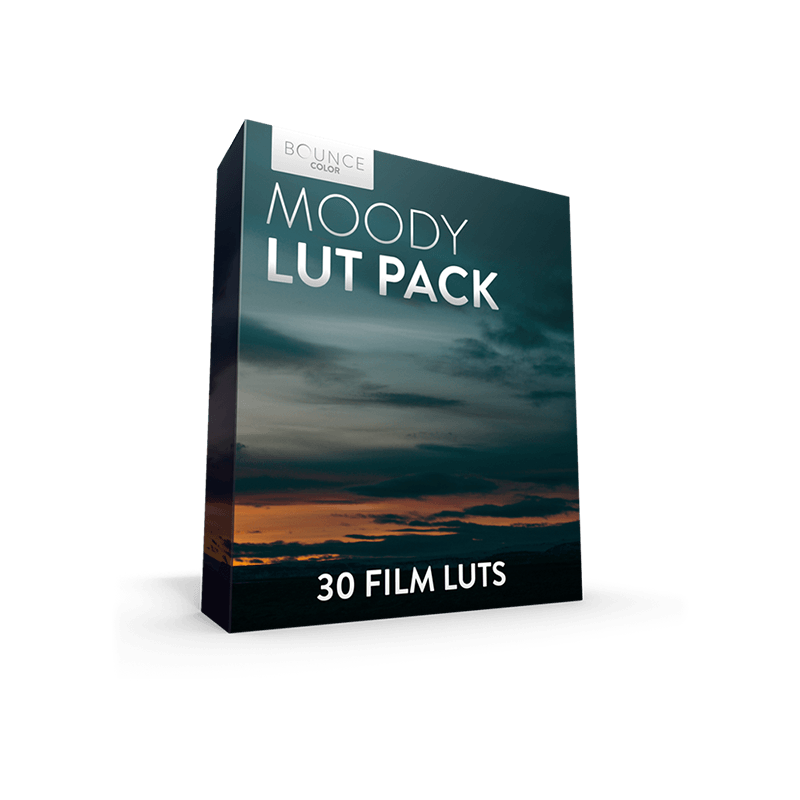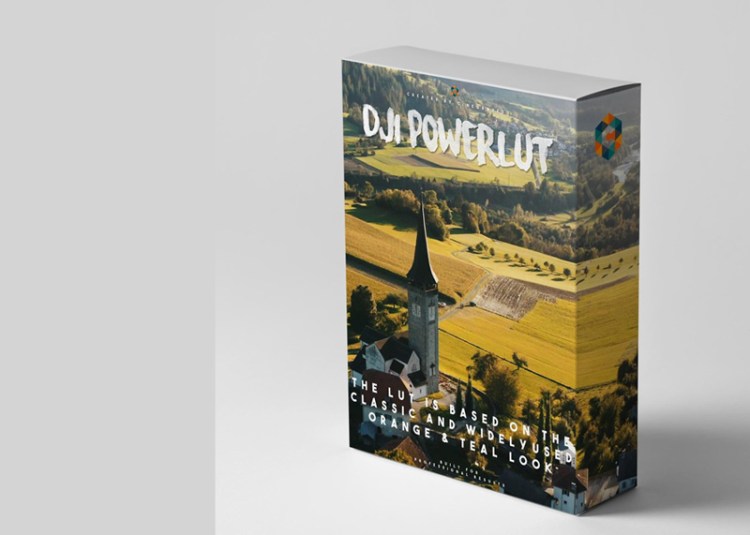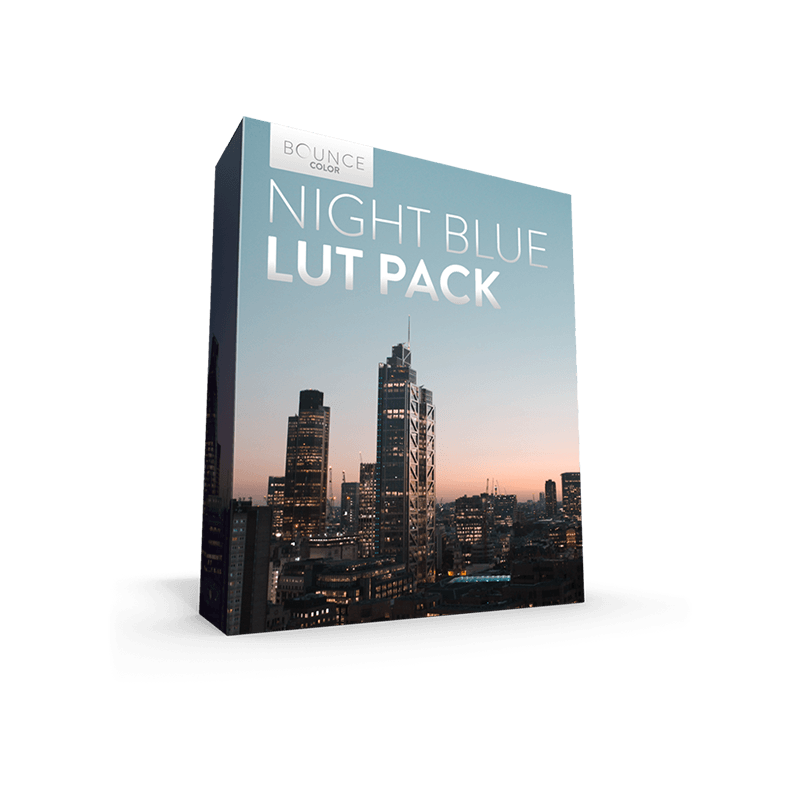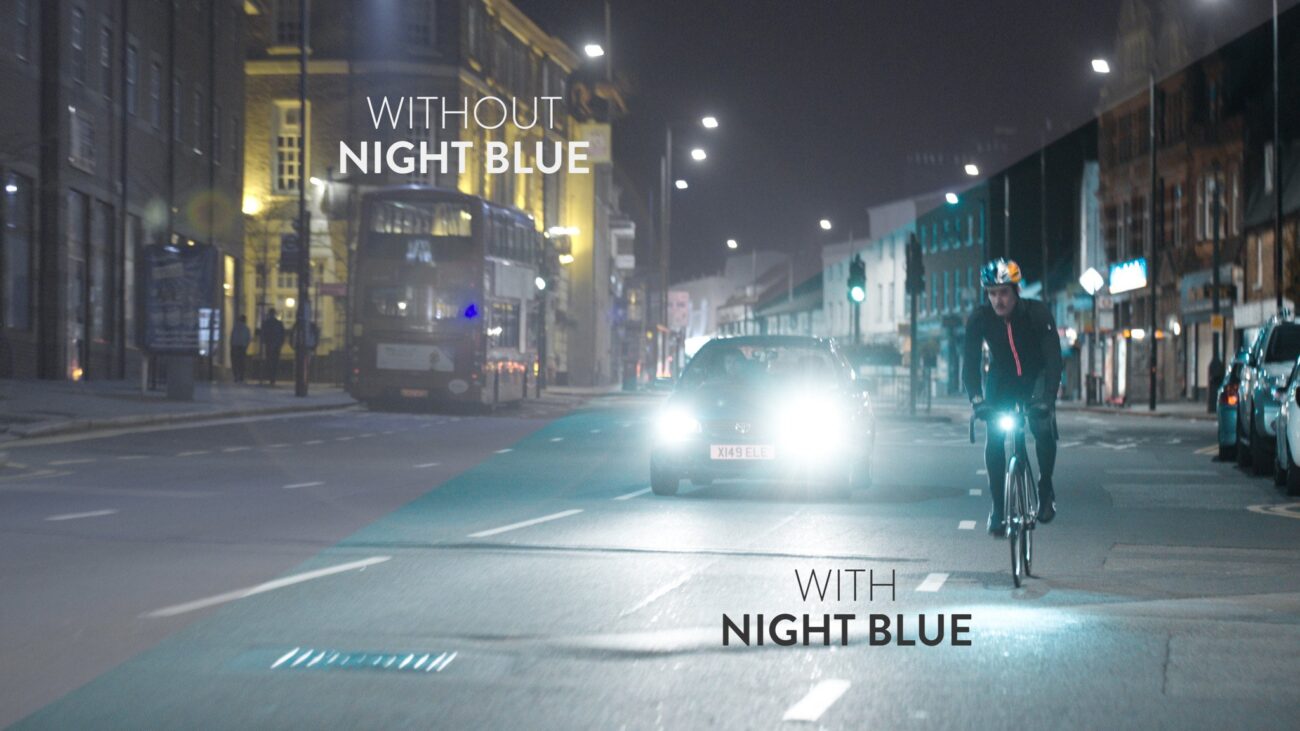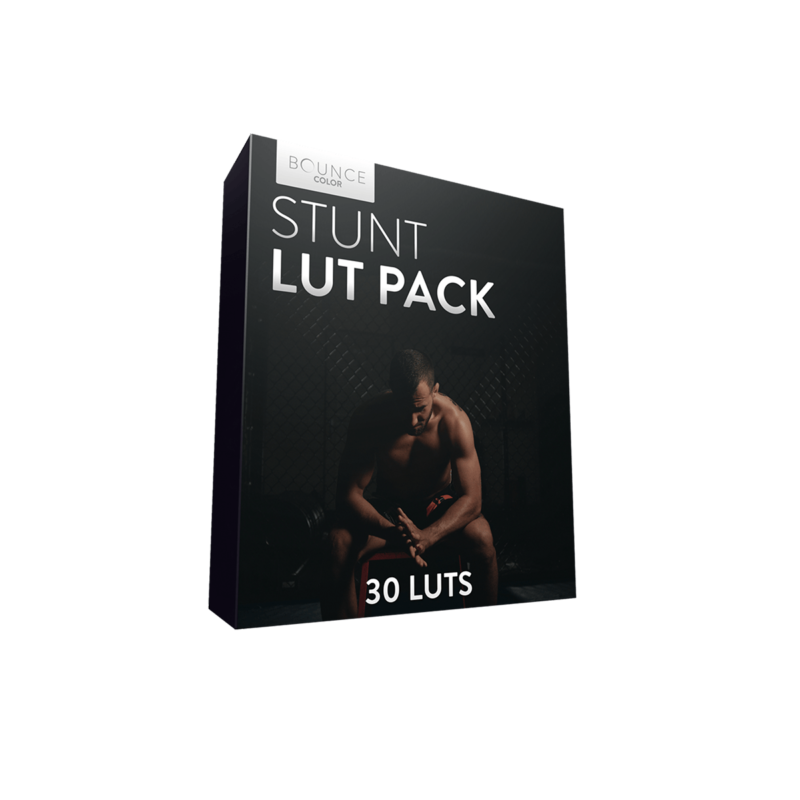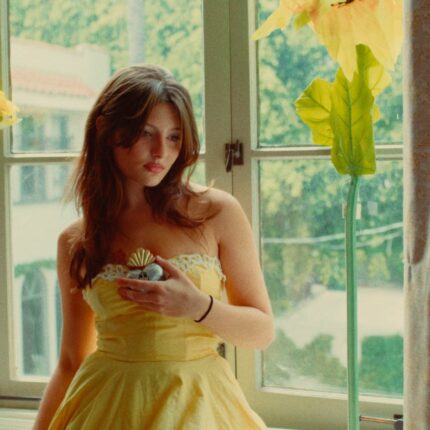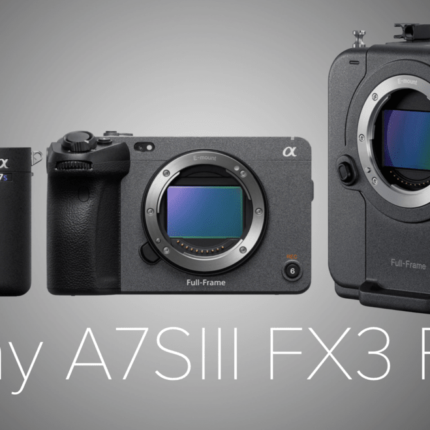
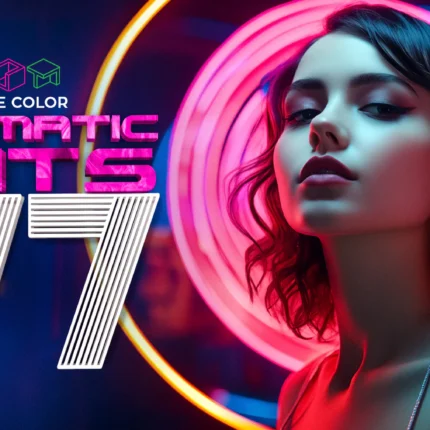
CinePrint35 Film Emulation LUTs
$49,00 Original price was: $49,00.$21,99Current price is: $21,99.
CinePrint35 Film Emulation LUTs -Included are the 500T, 250D, and 160T film emulation LUTs (at x65 and x33 resolution) with individual versions specifically designed for the color science of the following cameras & log profiles. The emulations are compatible with all standard video editing software that supports LUTs, including Adobe Premiere, Adobe After Effects, Final Cut Pro, Avid Media Composer, Davinci Resolve, and Sony Vegas
CinePrint35 Film Emulation LUTs
Included are the 500T, 250D, and 160T film emulation LUTs with individual versions specifically designed for the color science of the following cameras & log profiles:
- ARRI LogC3 cameras
- Apple Log (iPhone)
- Sony S-Log3 cameras
- Blackmagic Design Film Gen5 cameras
- RED IPP2 Log3G10 cameras
- RED IPP2 Log3G10 (Komodo tuned)
- Fuji F-Log2 cameras
- Canon C-Log 2
- Panasonic V-Log cameras
- Rec.709 non-log footage
The emulations are compatible with all standard video editing software that supports LUTs, including Adobe Premiere, Adobe After Effects, Final Cut Pro, Avid Media Composer, Davinci Resolve, and Sony Vegas
How to install LUTs in Resolve?
- Open Project Settings
- Select the Color Management tab
- Go to the LUTs section
- Click Open LUT Folder
- Copy the LUTs to the folder
- Click Refresh LUTs
— SAMPLE IMAGES —
CinePrint35 160T
Photometrically profiled from Fuji Eterna Vivid 160T film stock

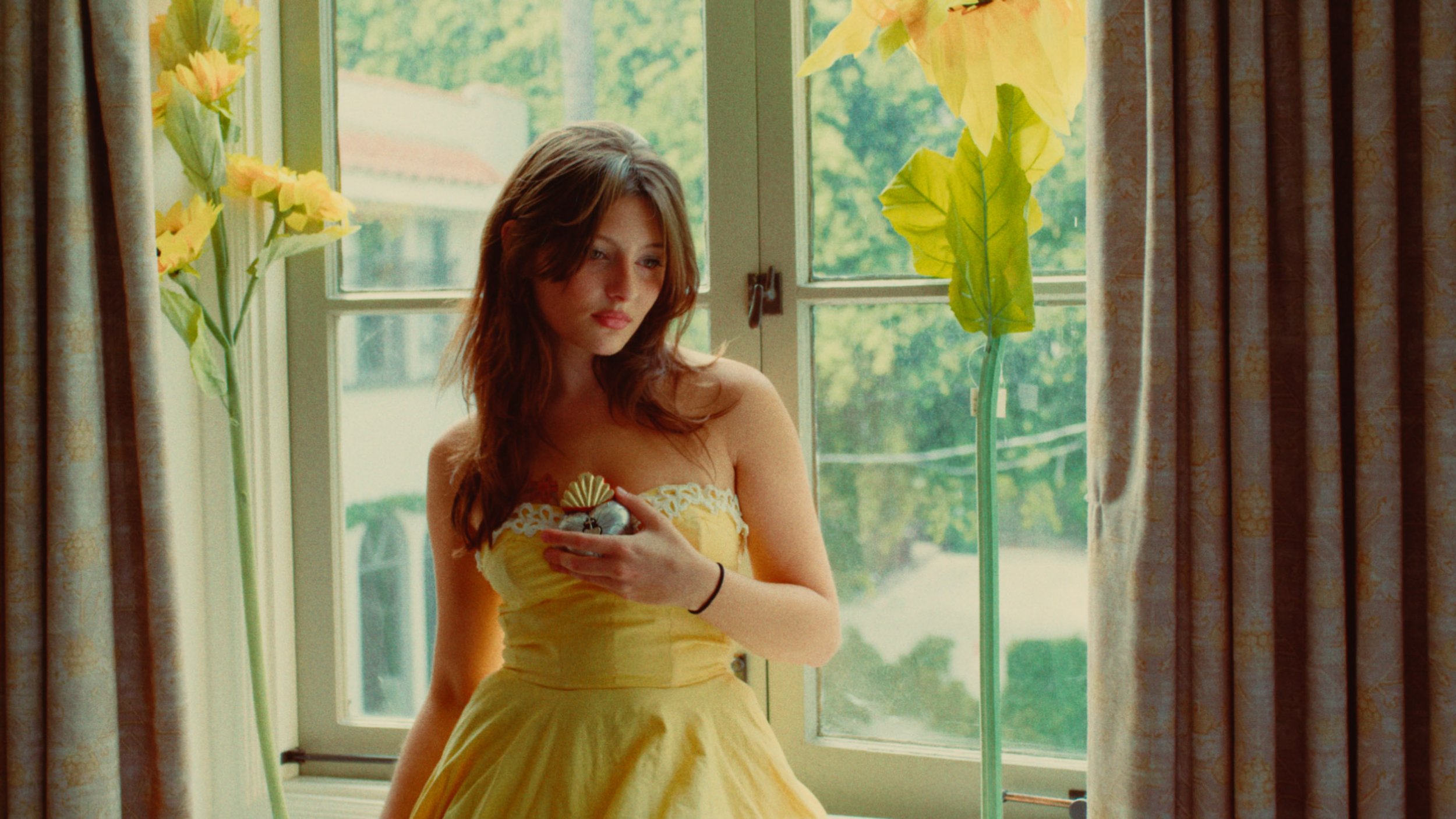
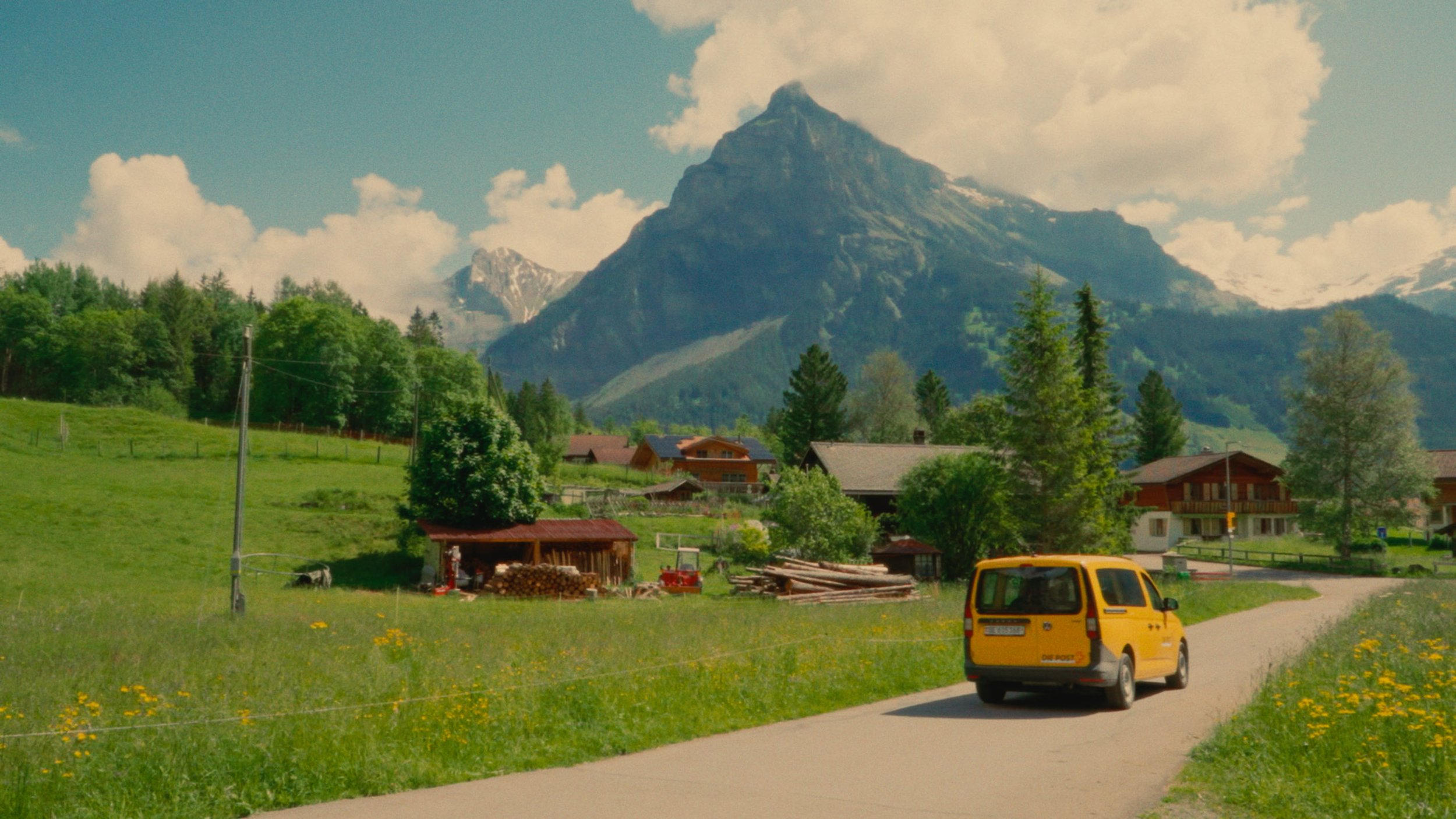
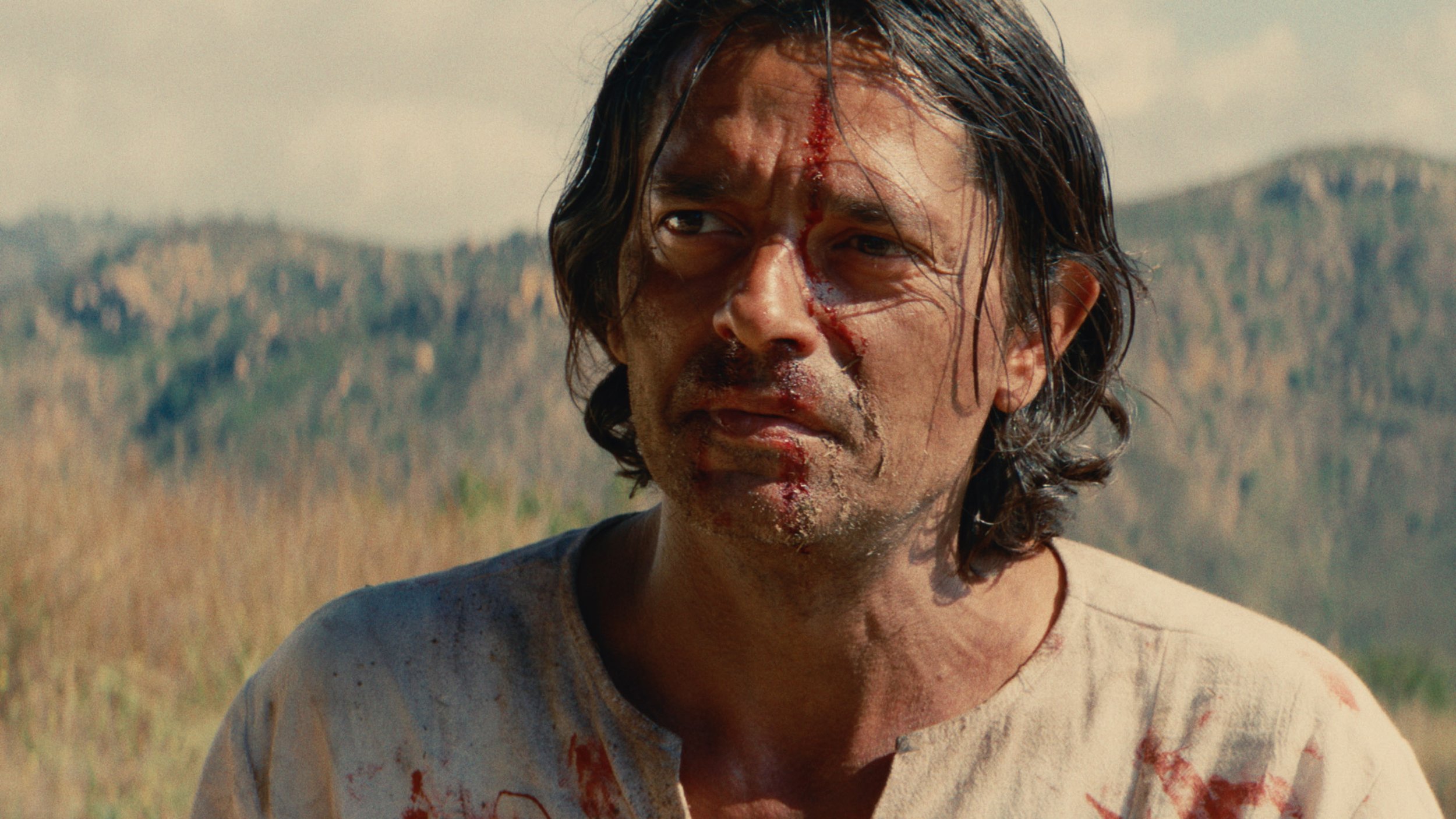
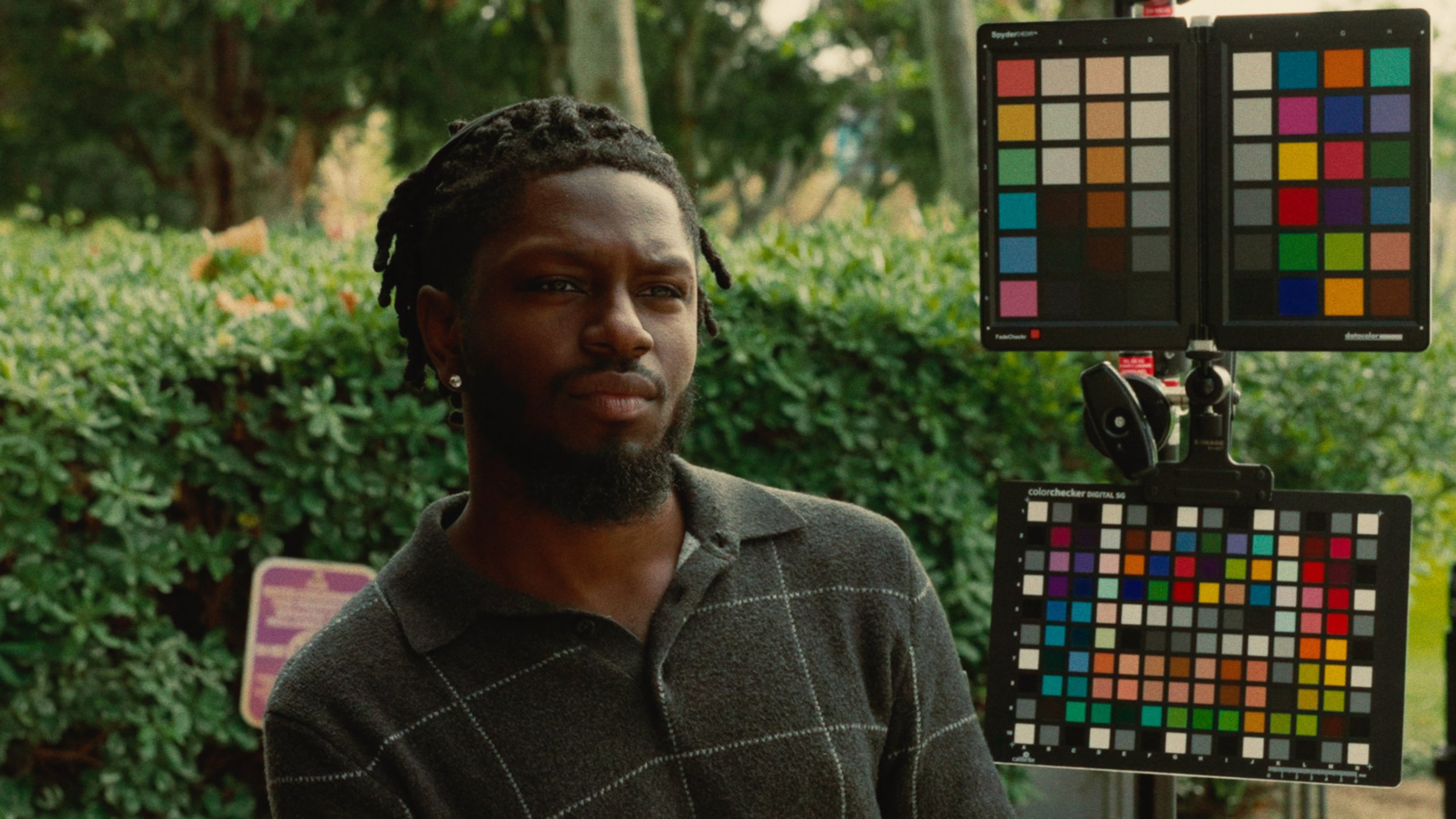
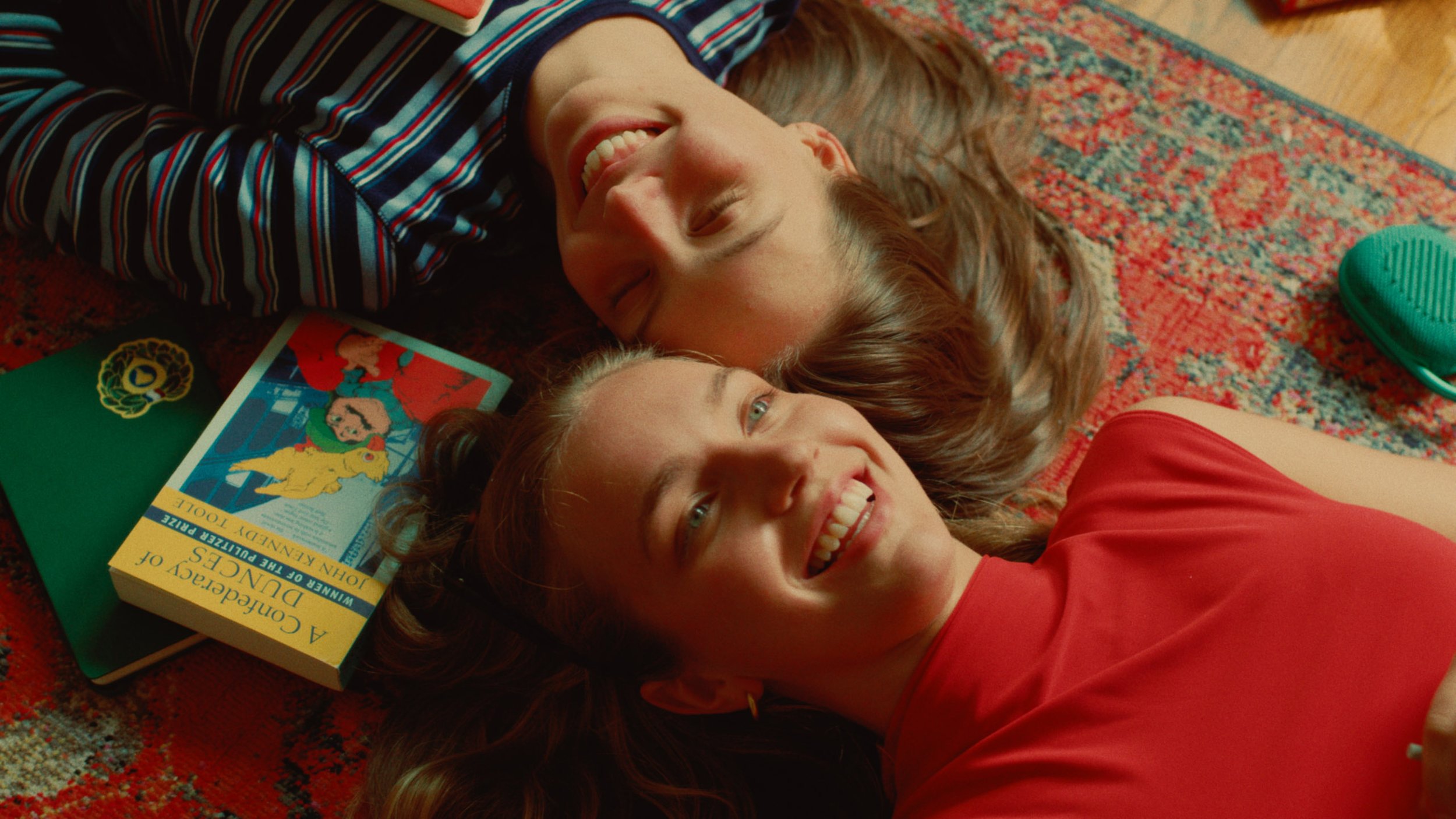
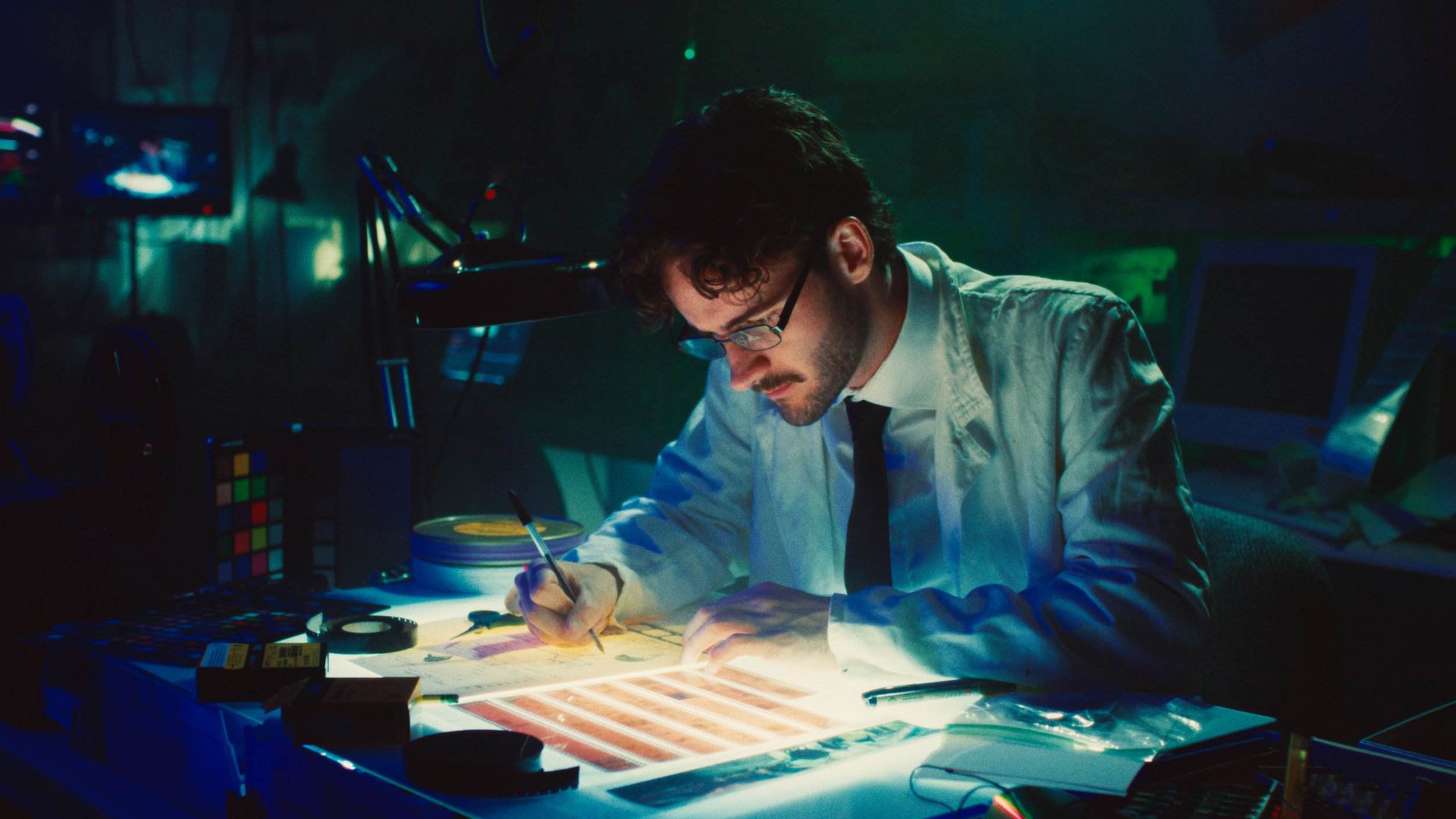
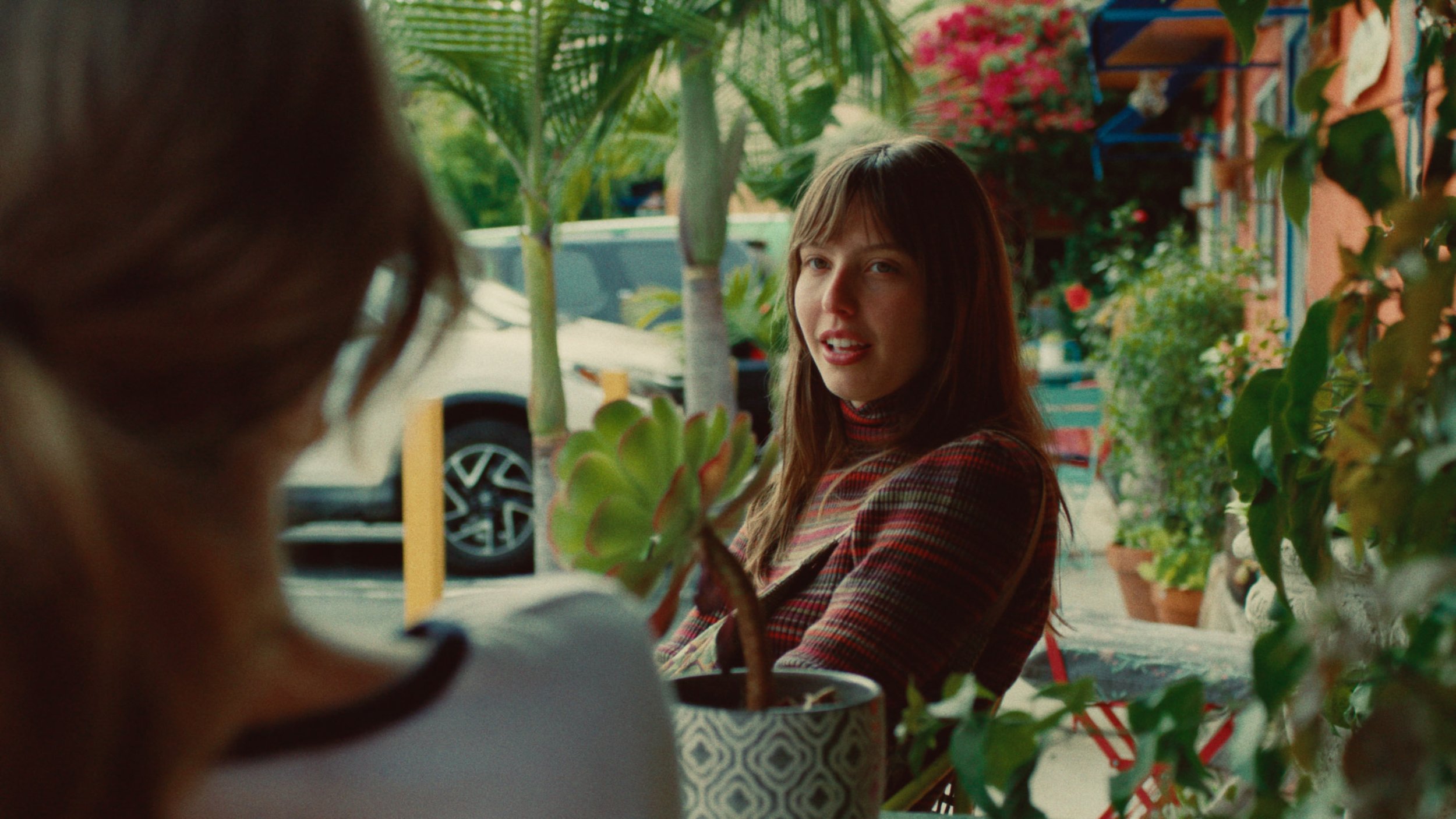
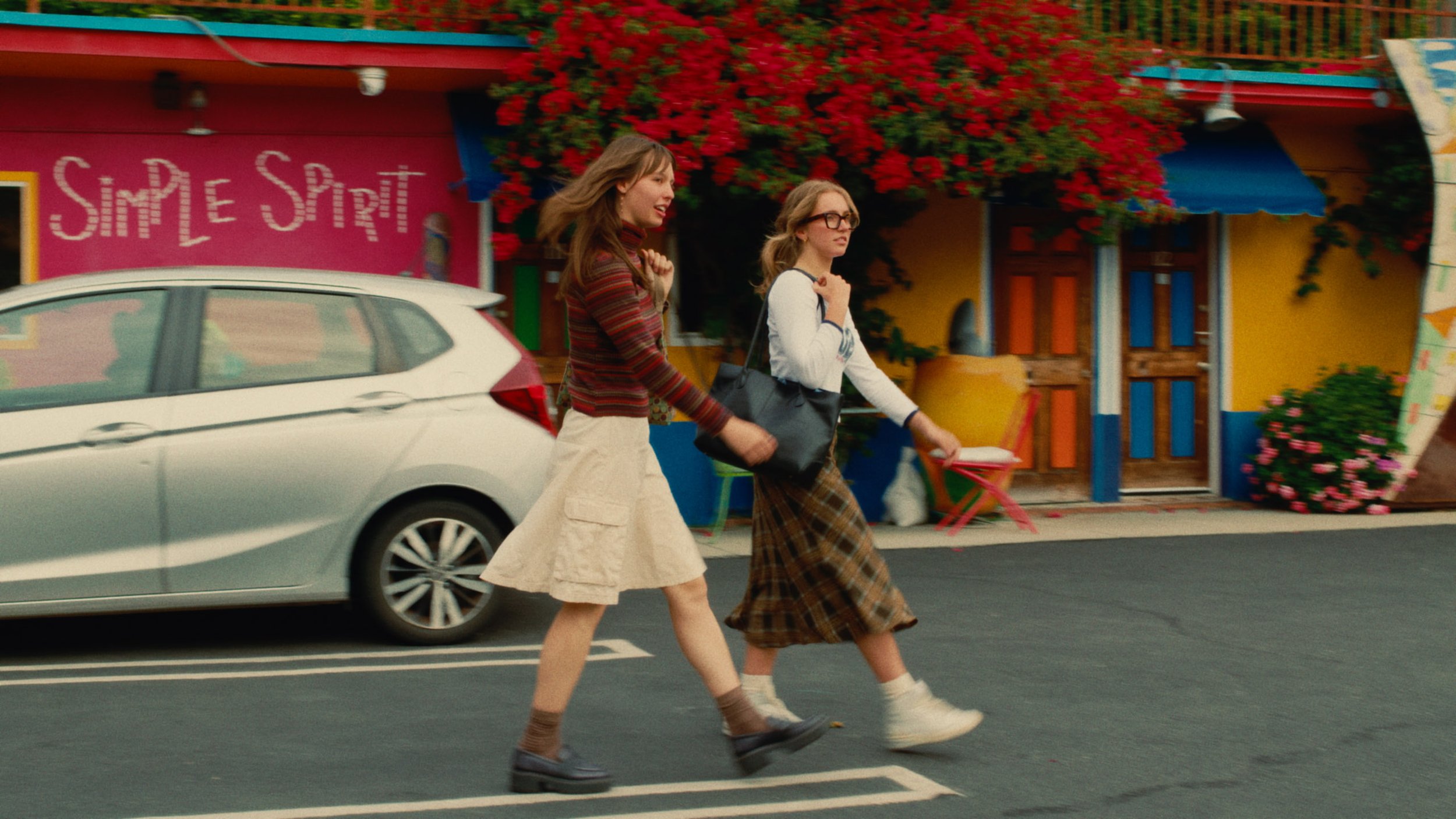
CinePrint35 500T
Photometrically profiled from Kodak Vision3 500T film stock
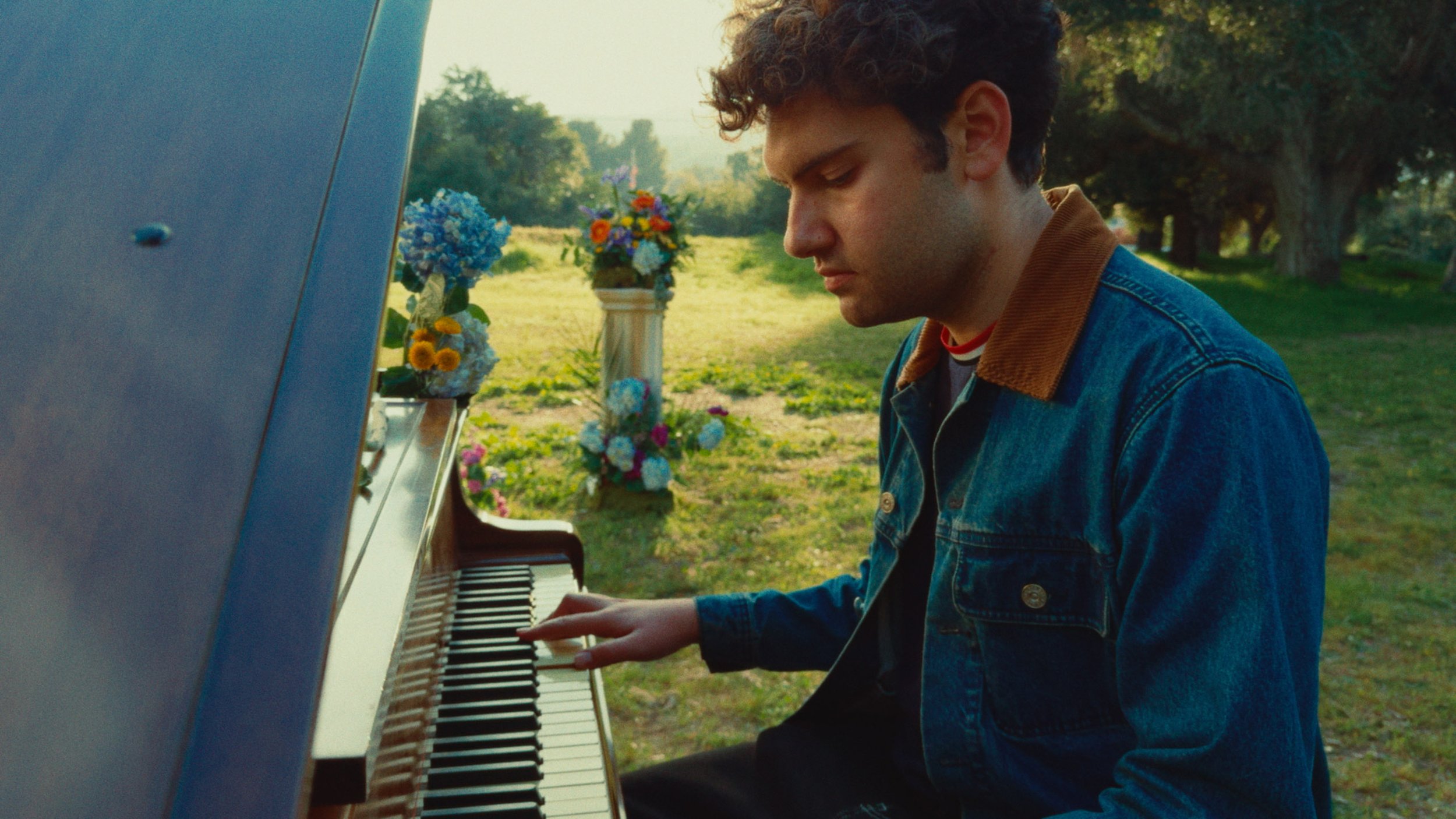

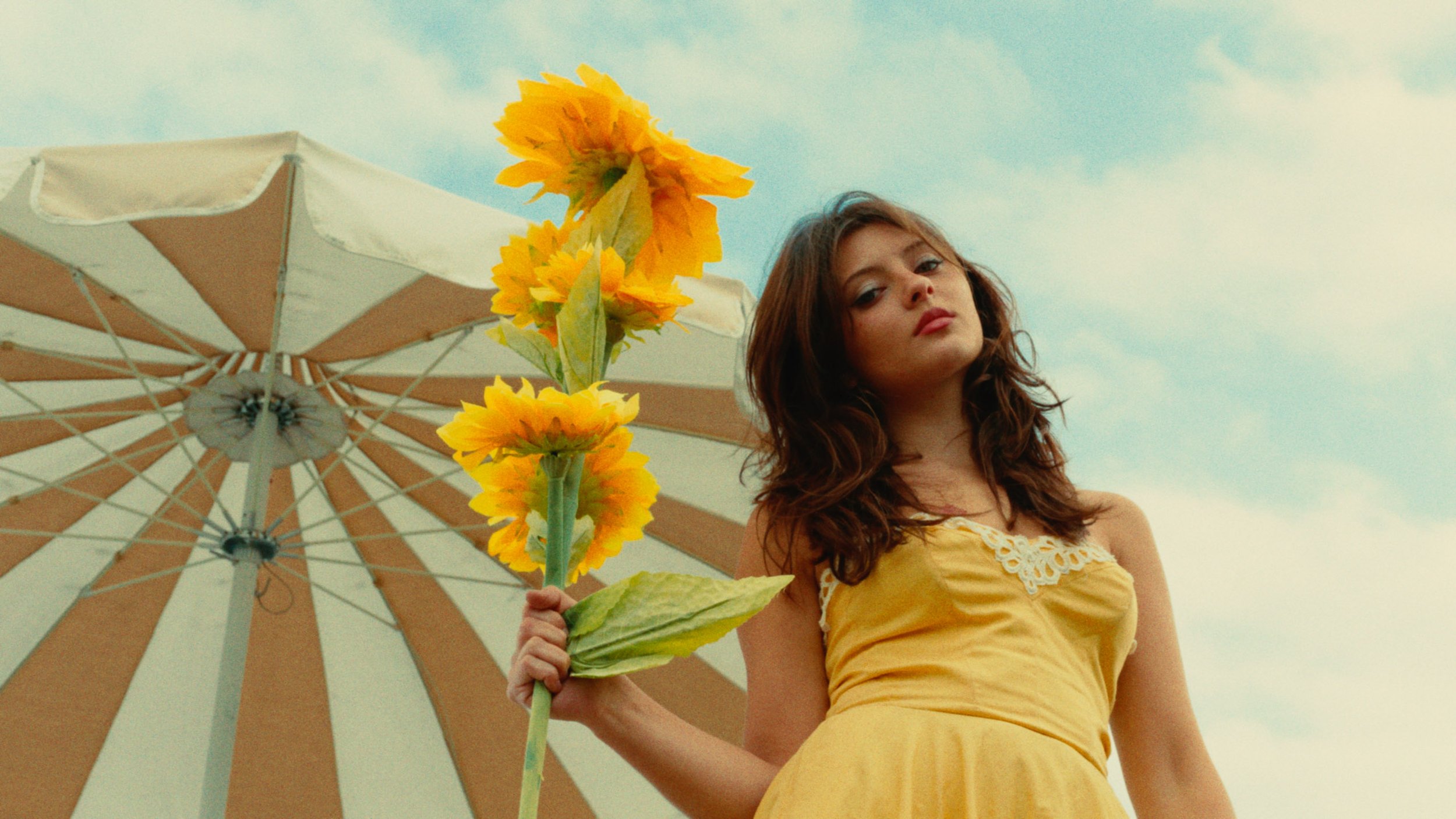
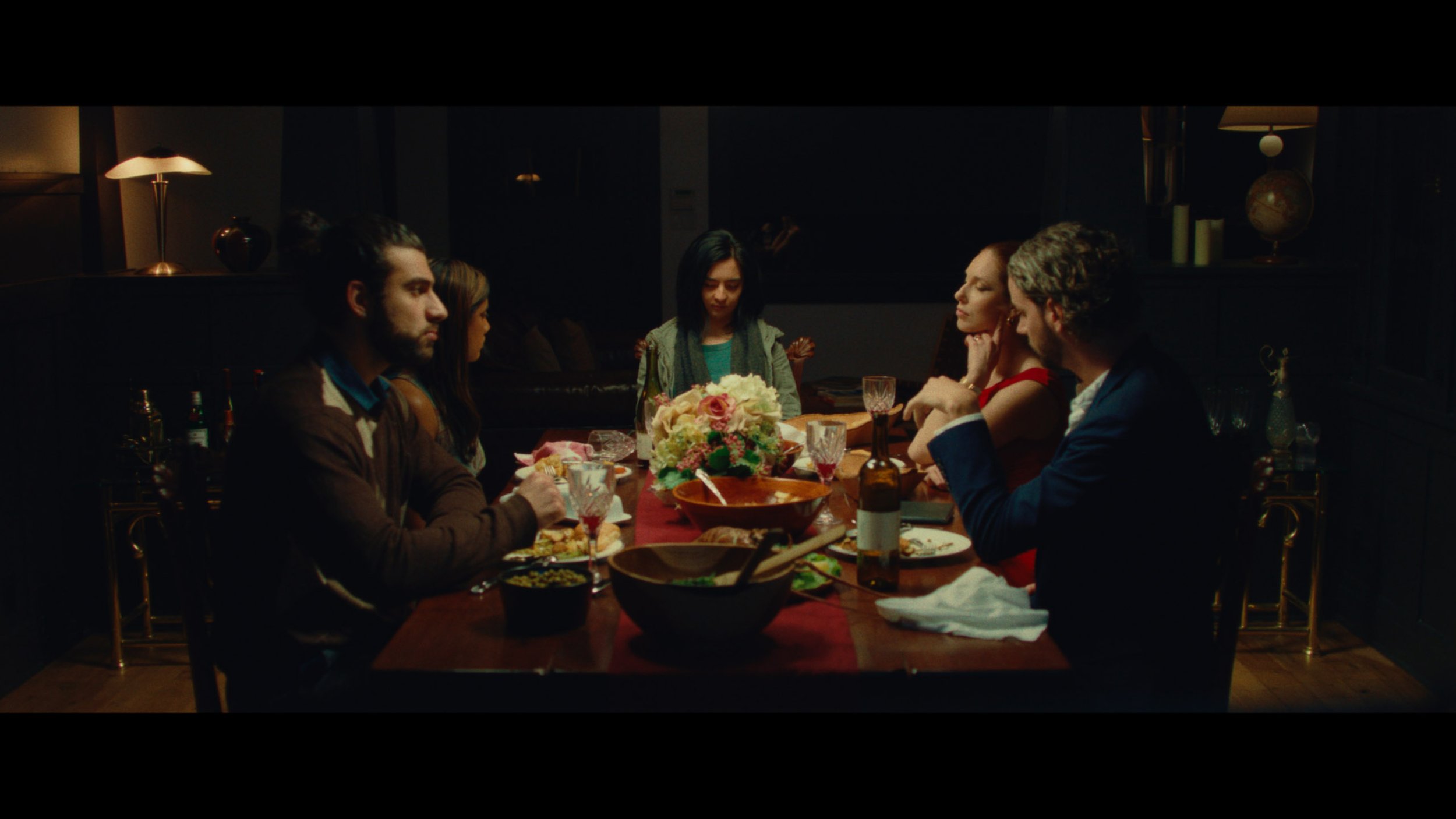
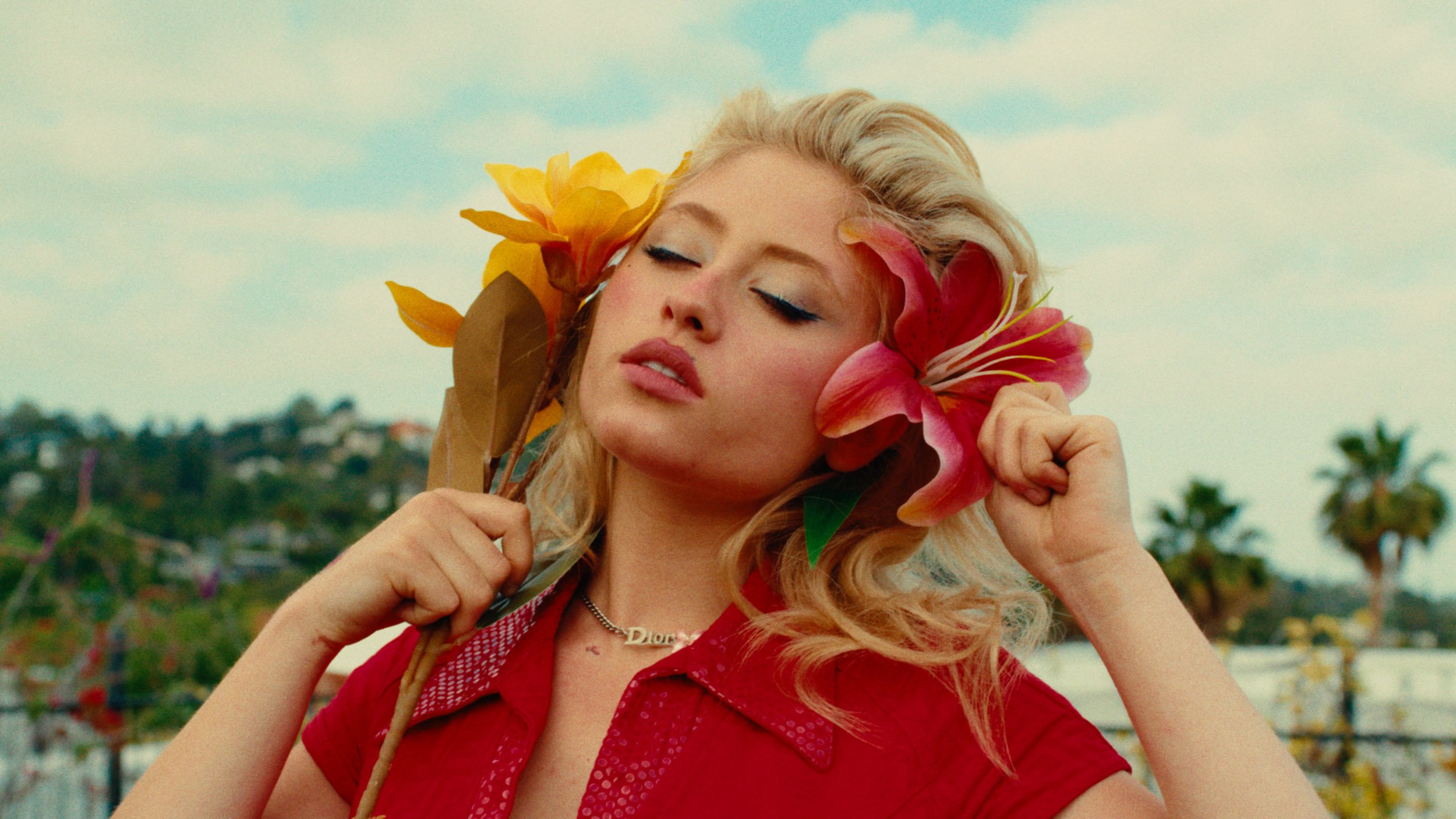
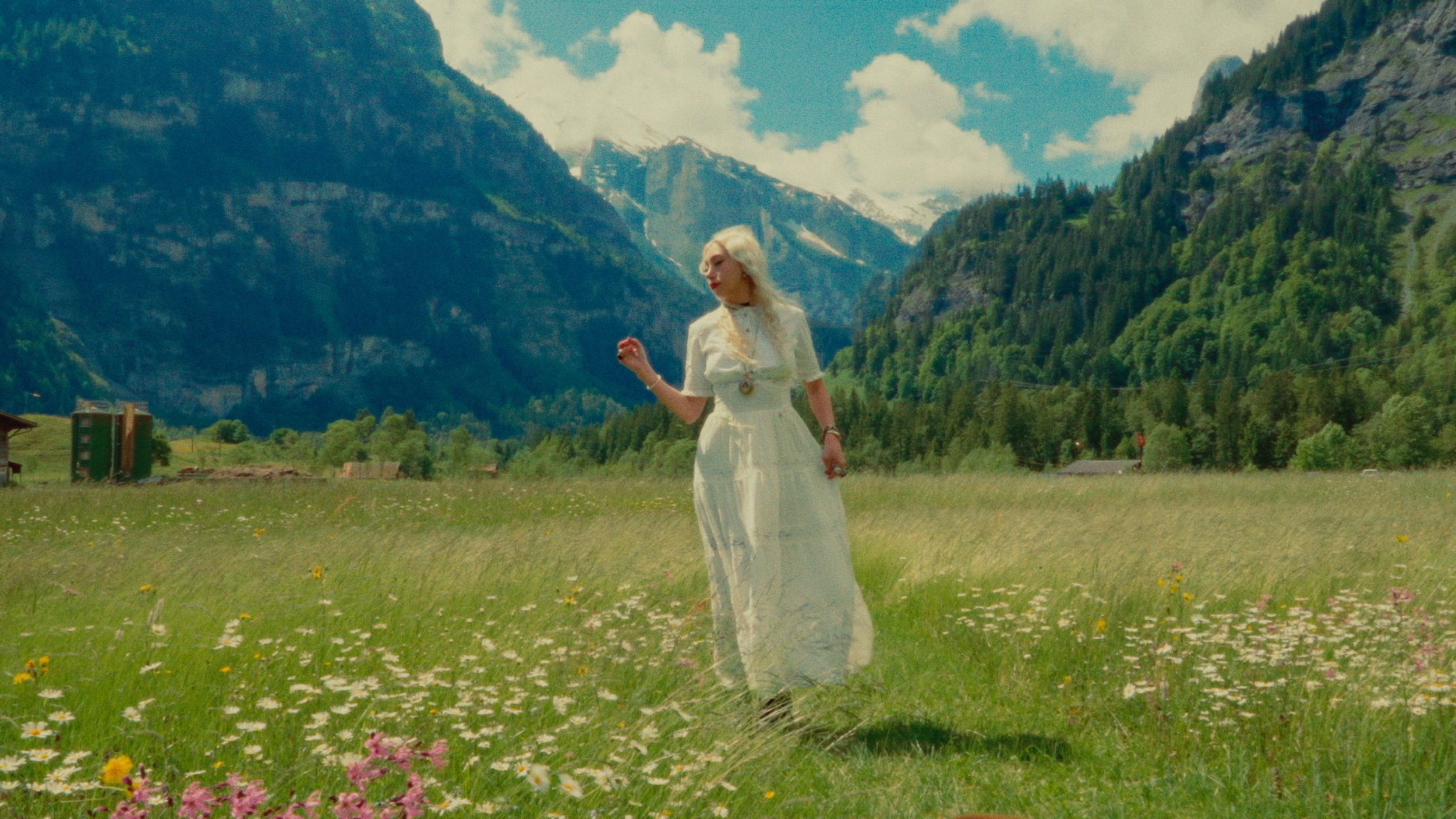
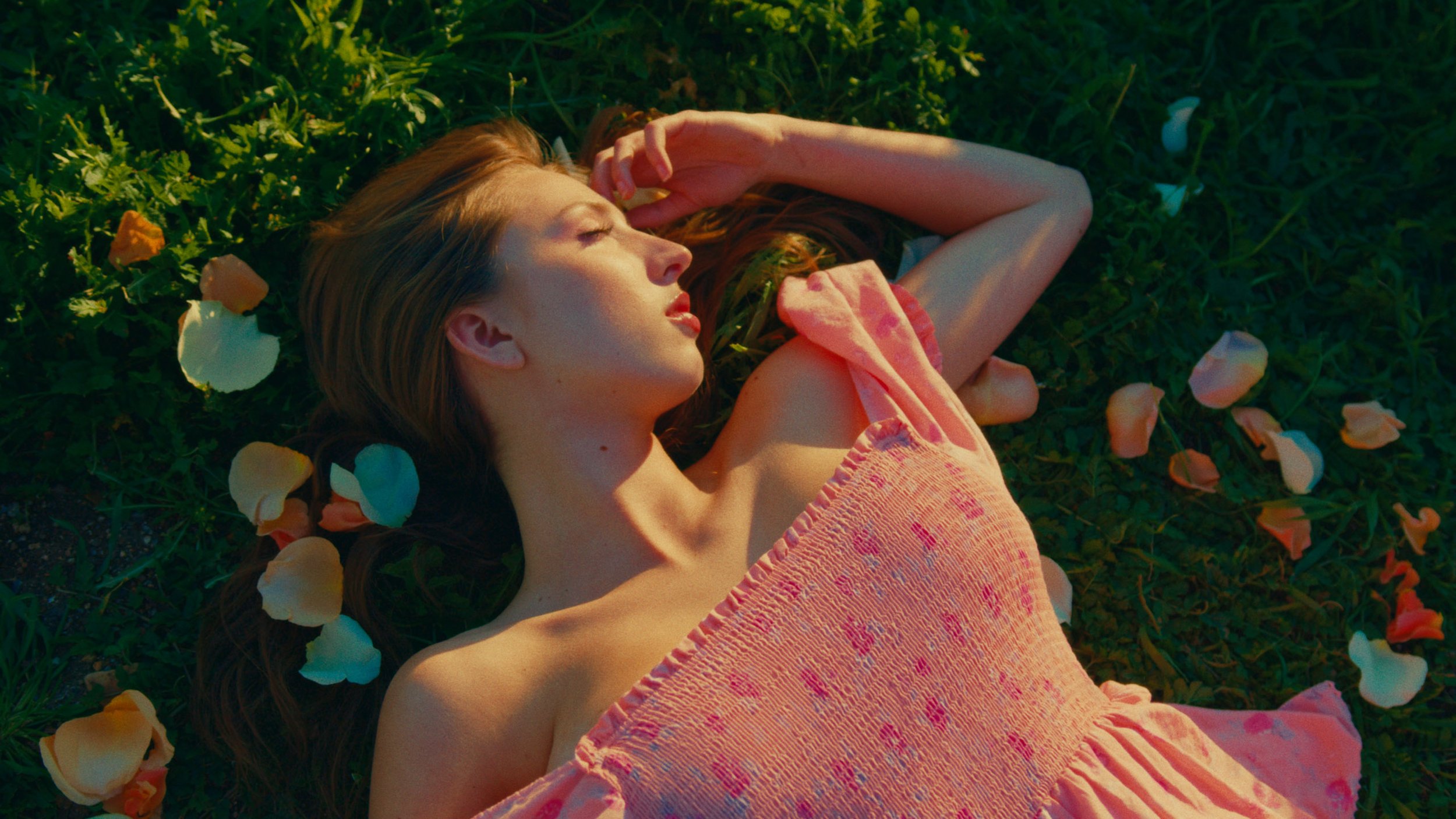
CinePrint35 250D
Photometrically profiled from Kodak Vision3 250D film stock
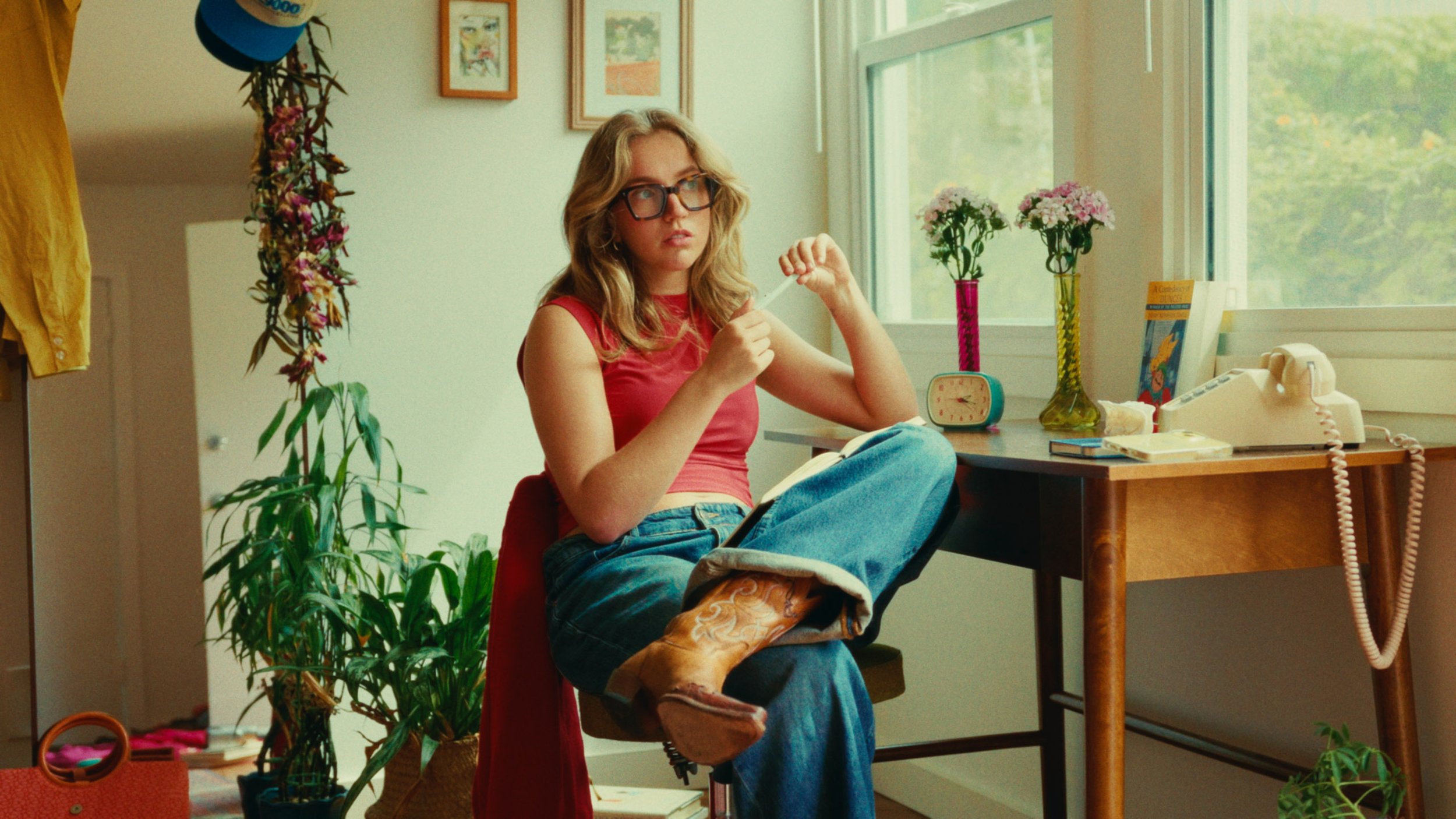
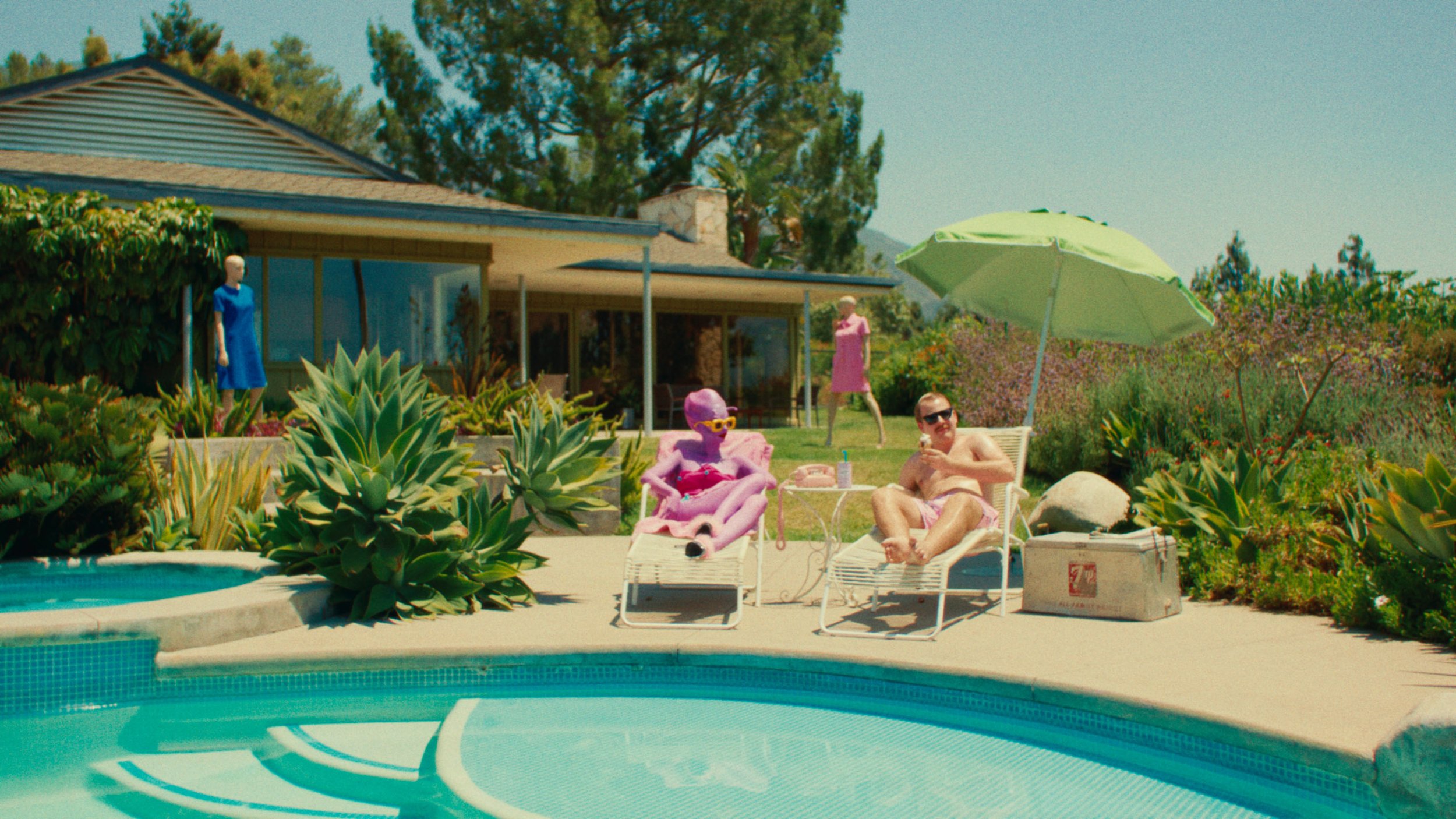
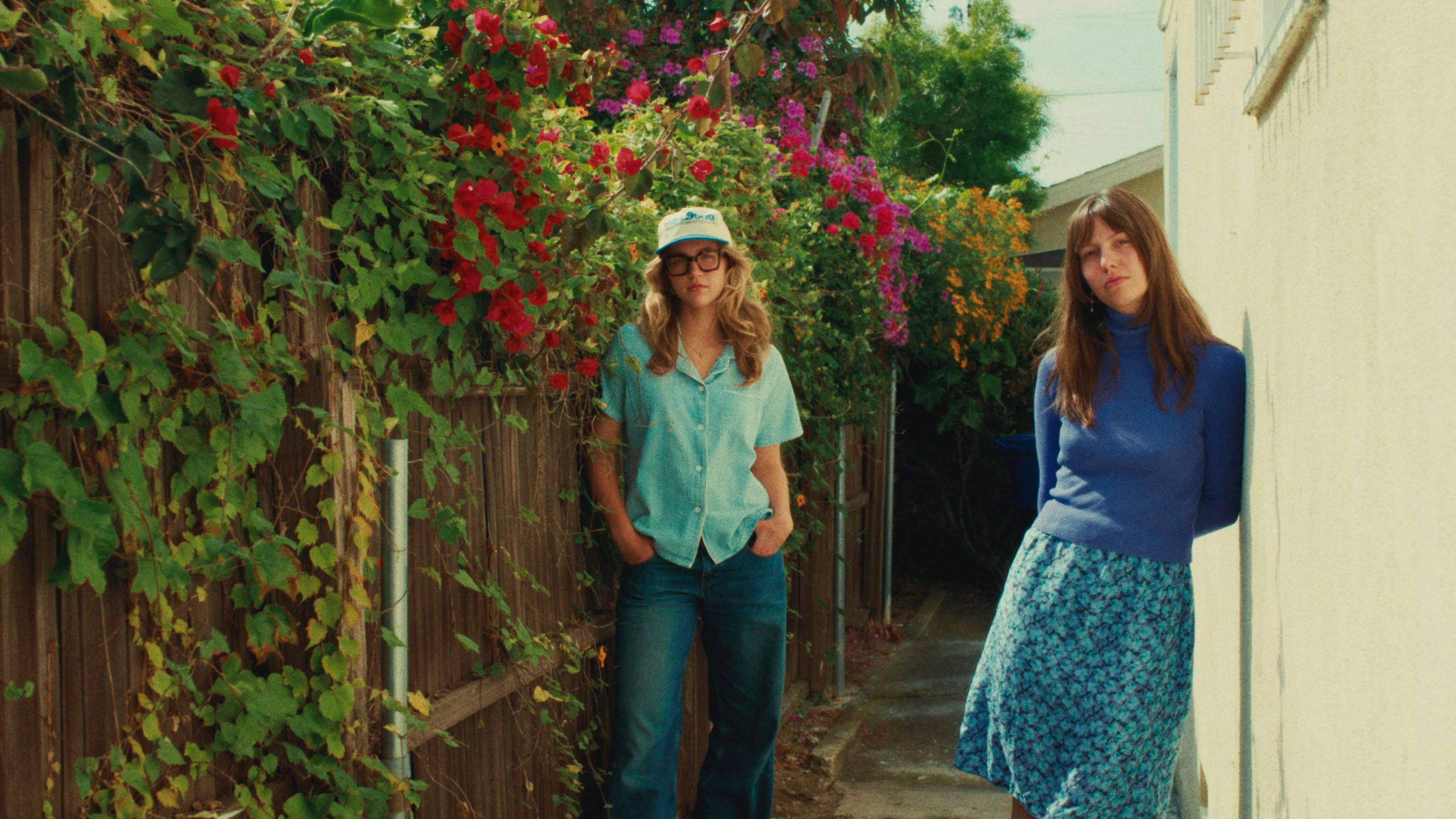
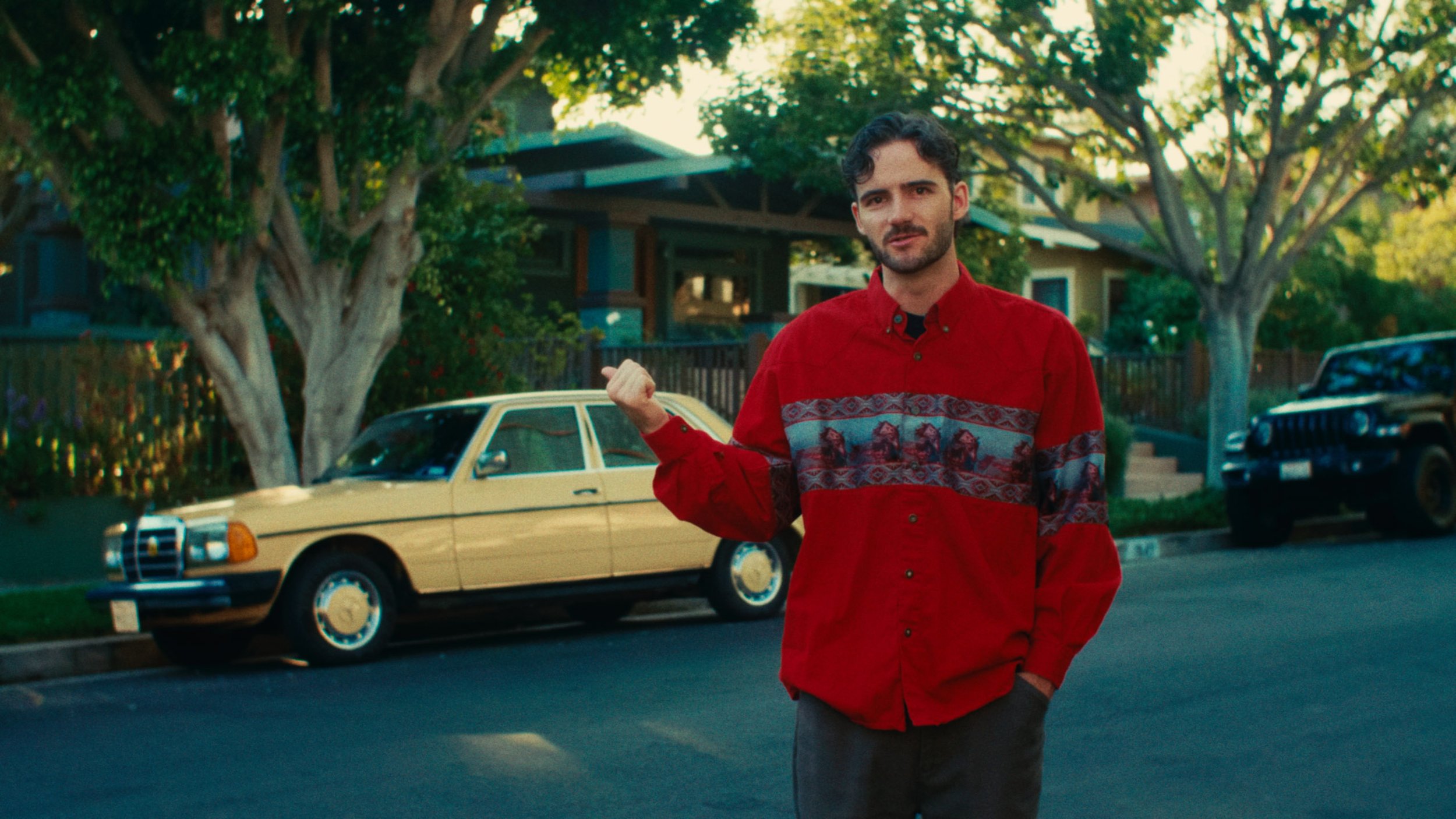
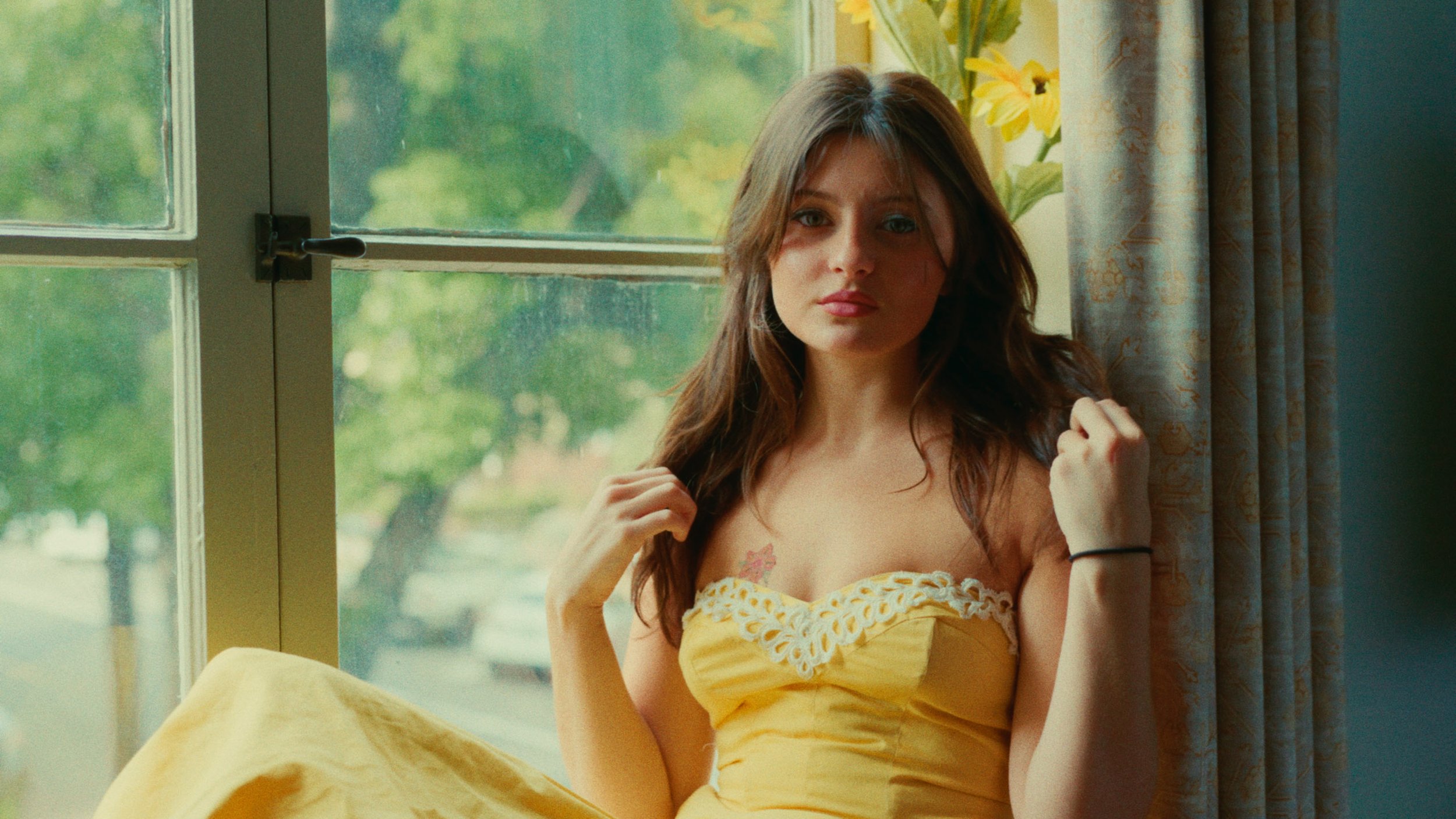
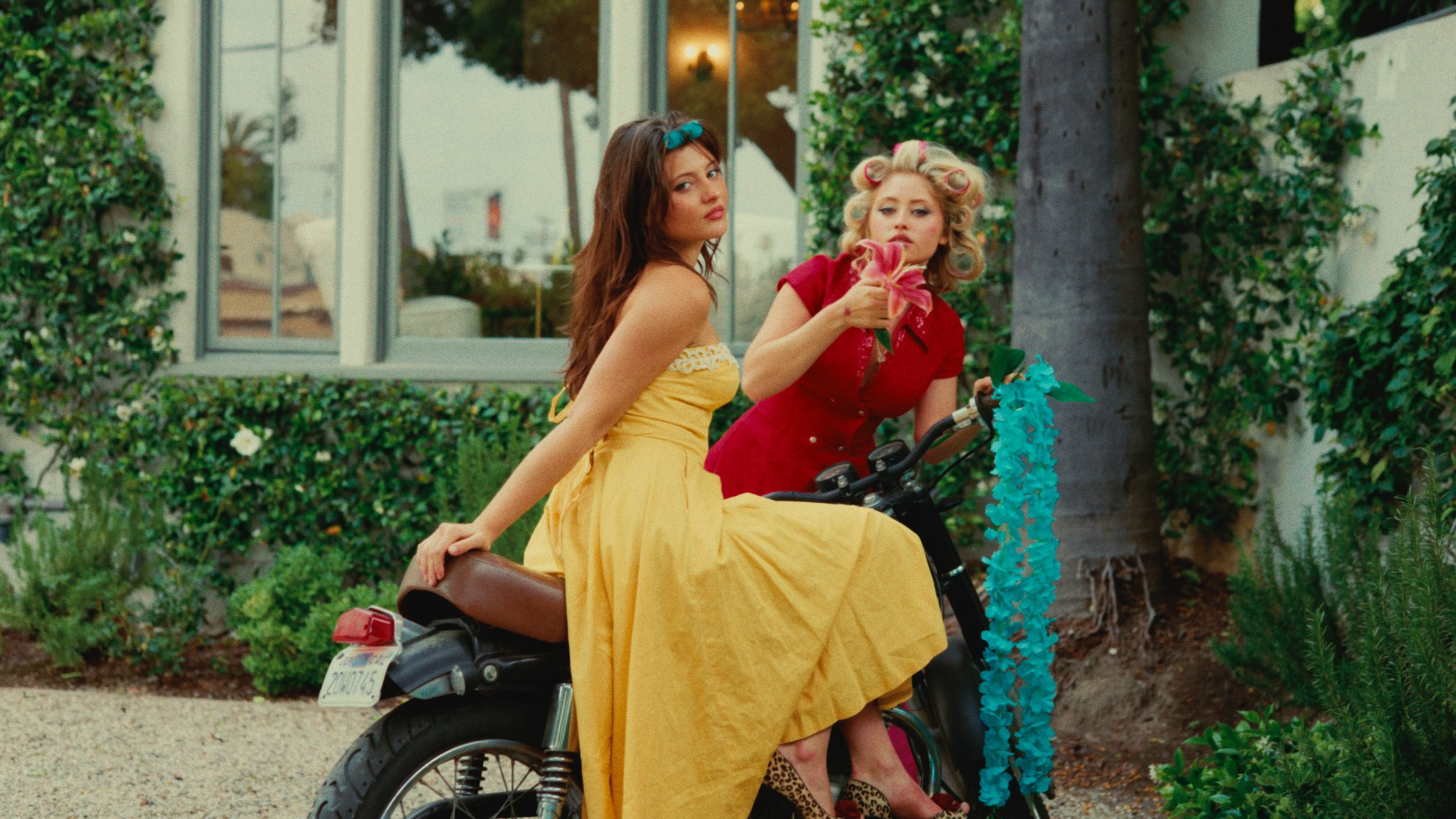
More accurate Kodak 2383 print LOOKS
Kodak 2383 is the only color print film that Kodak still produces. Movie theaters that still project film today are projecting Kodak 2383 prints.
The Kodak 2383 LUT is designed to be applied to Cineon film scans to recreate on a Rec. 709 display what the image will look like once the negative is printed to positive Kodak 2383 stock and projected.
CinePrint35 helps digital footage achieve a more accurate print film look by recreating the density, saturation, and color response of a Cineon negative film scan before outputting to a print film emulation LUT.
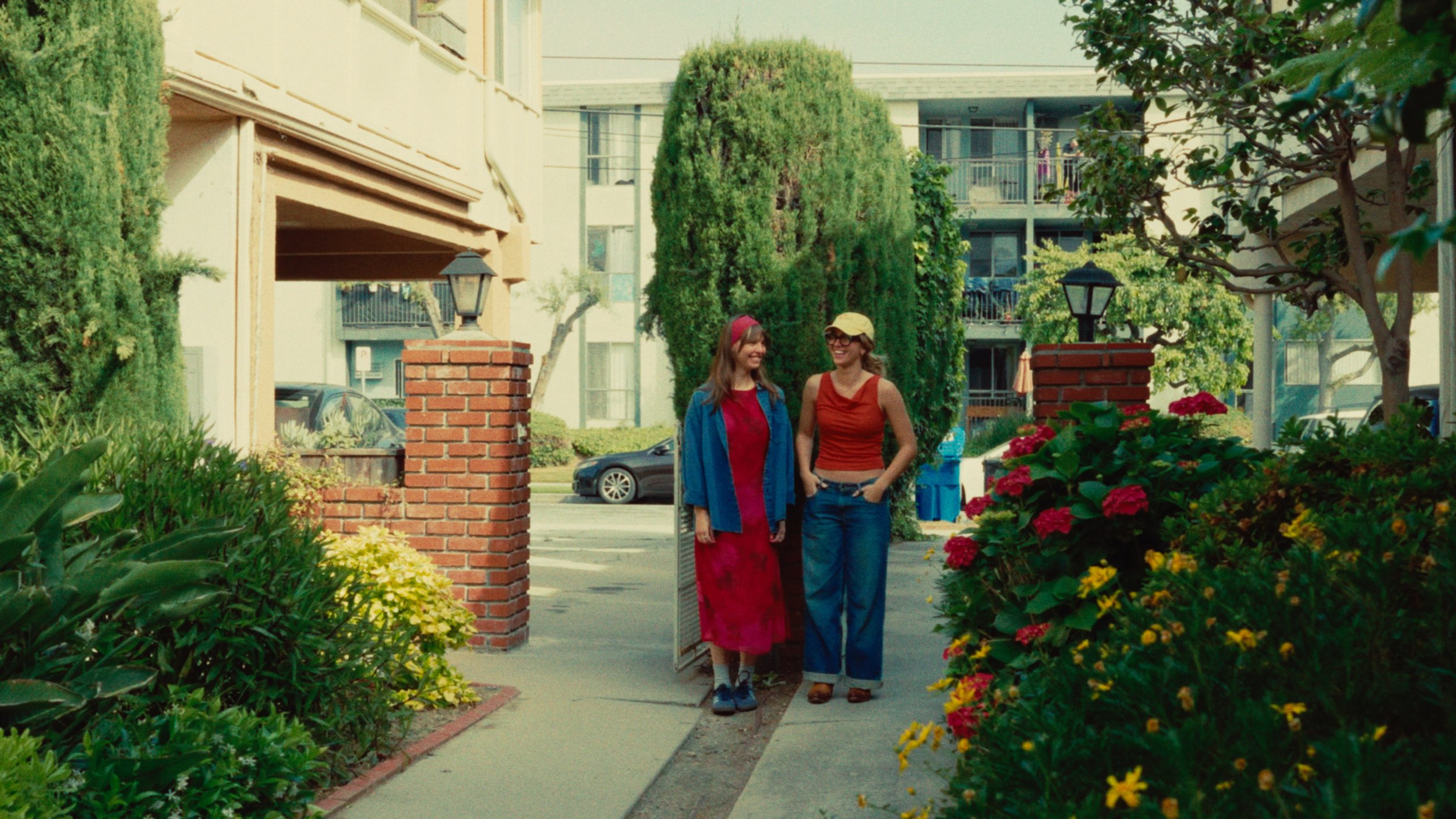
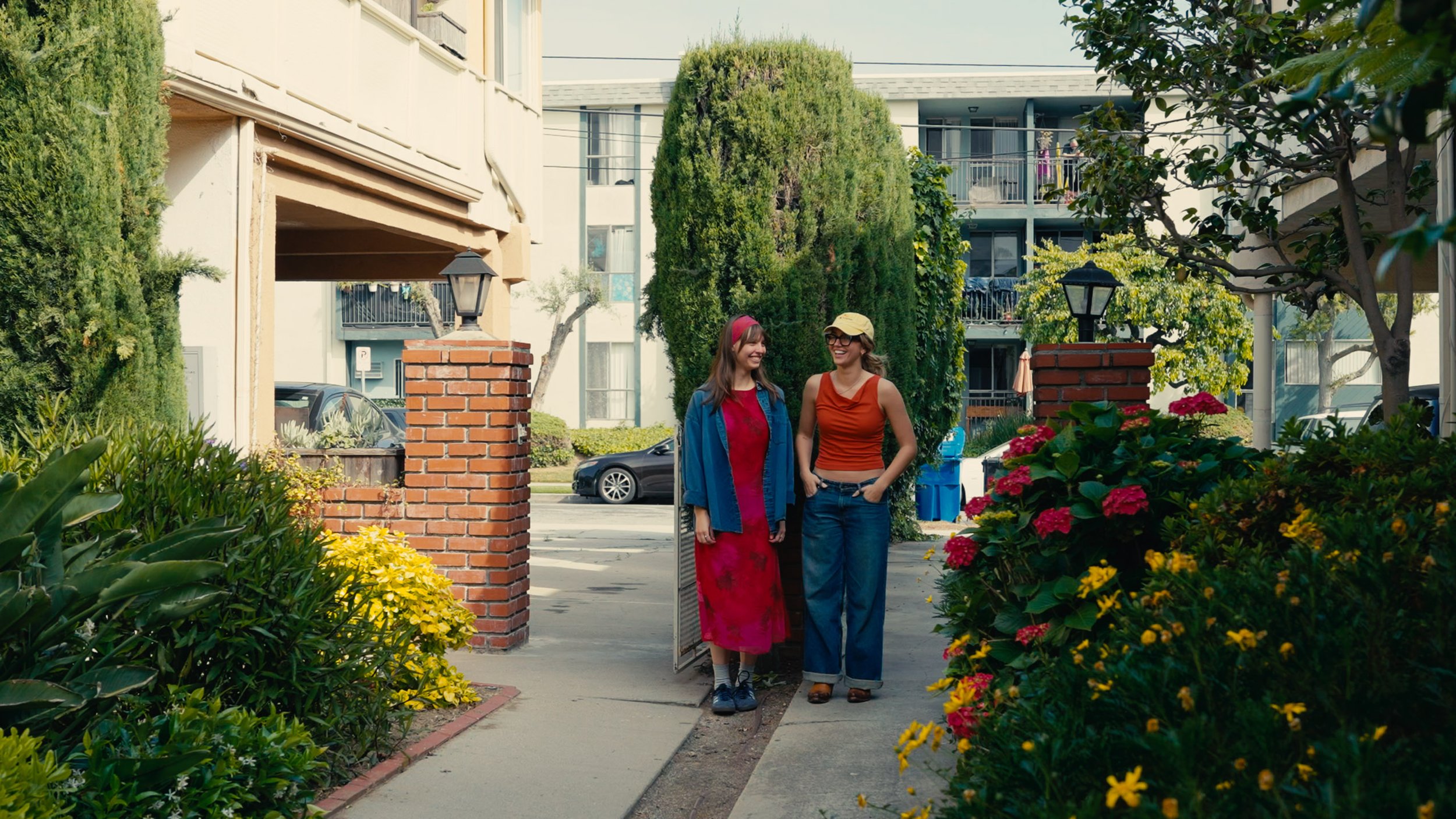
Rec. 709 vs Film Emulation Comparisons
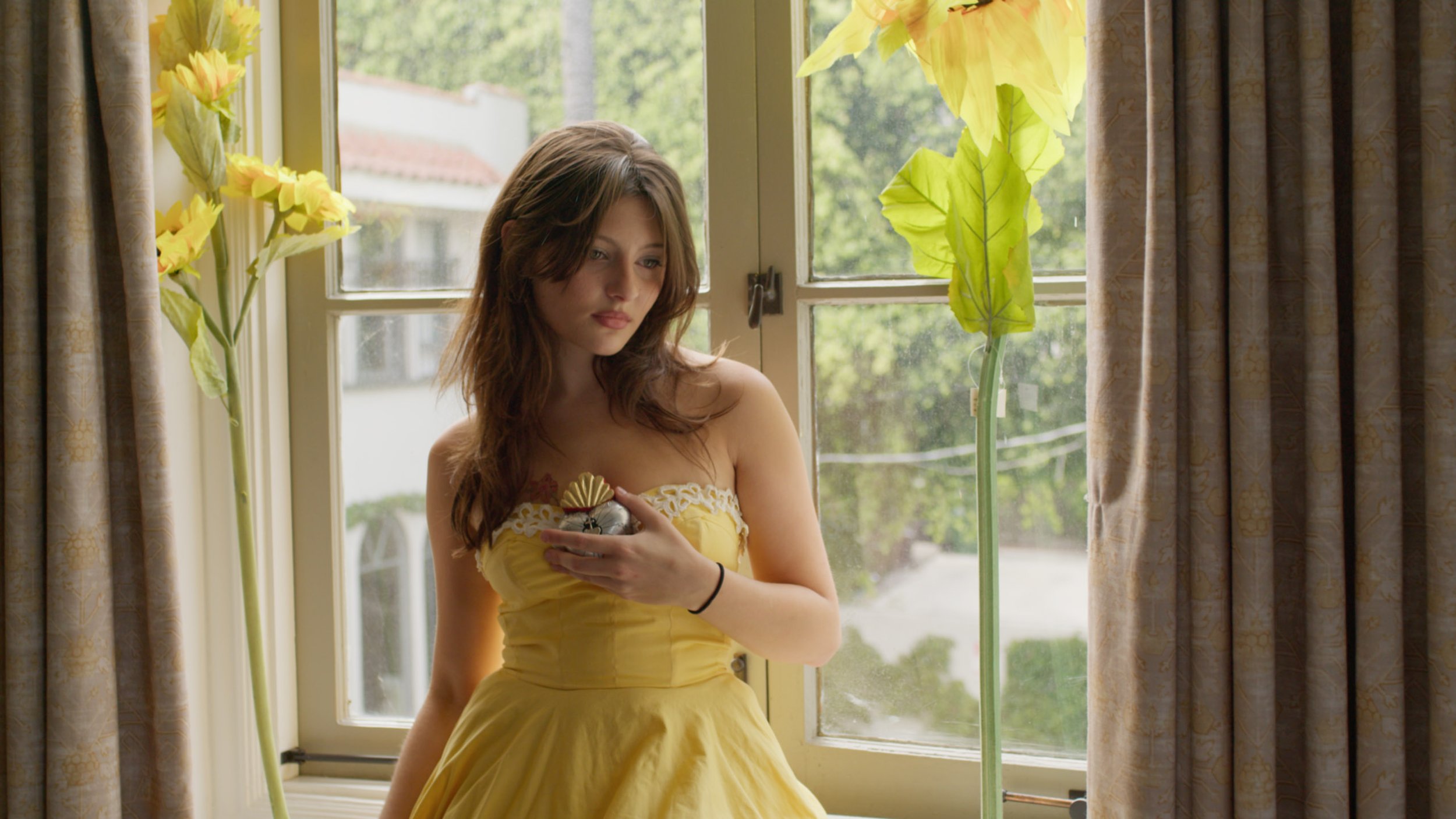

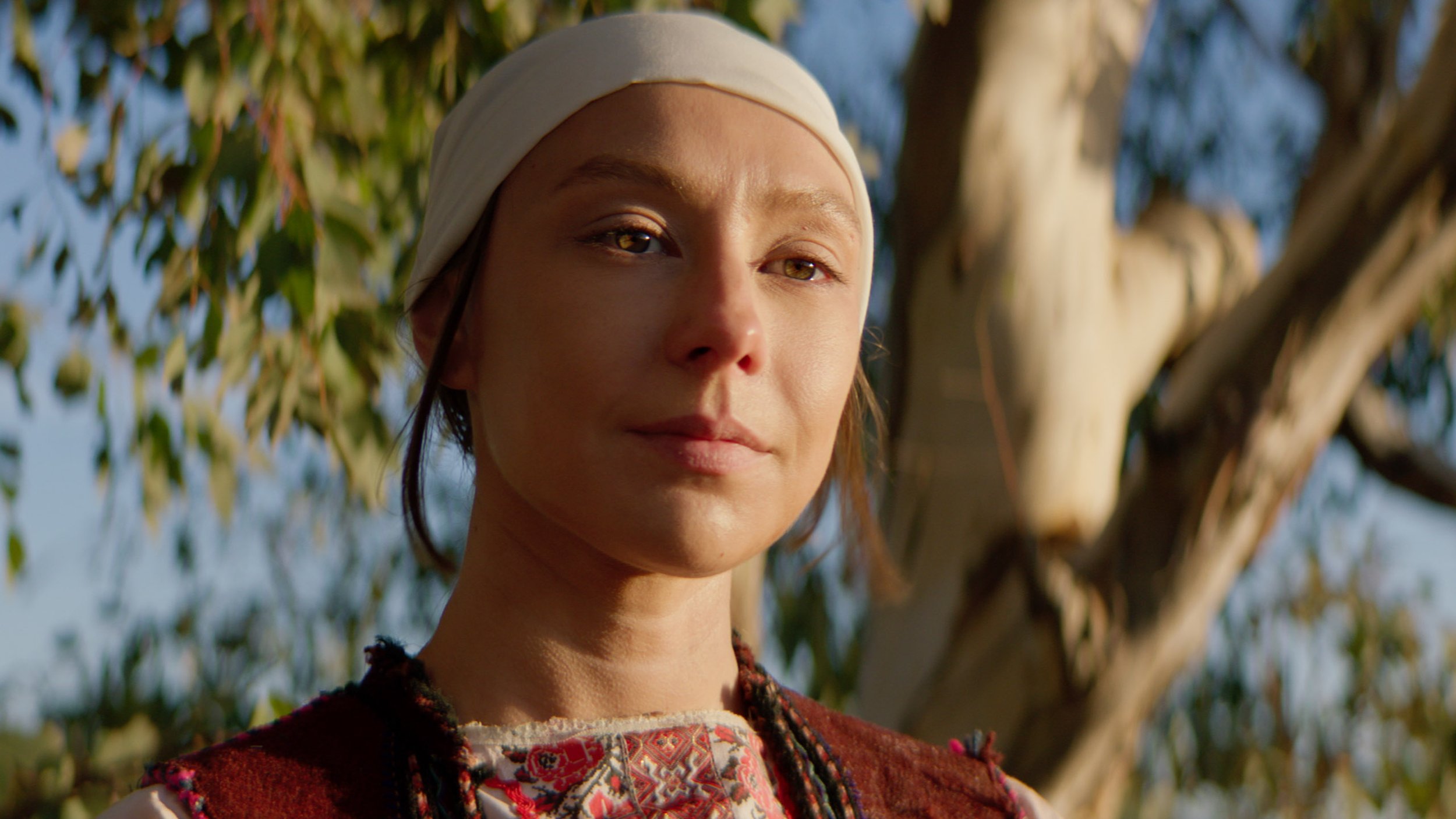
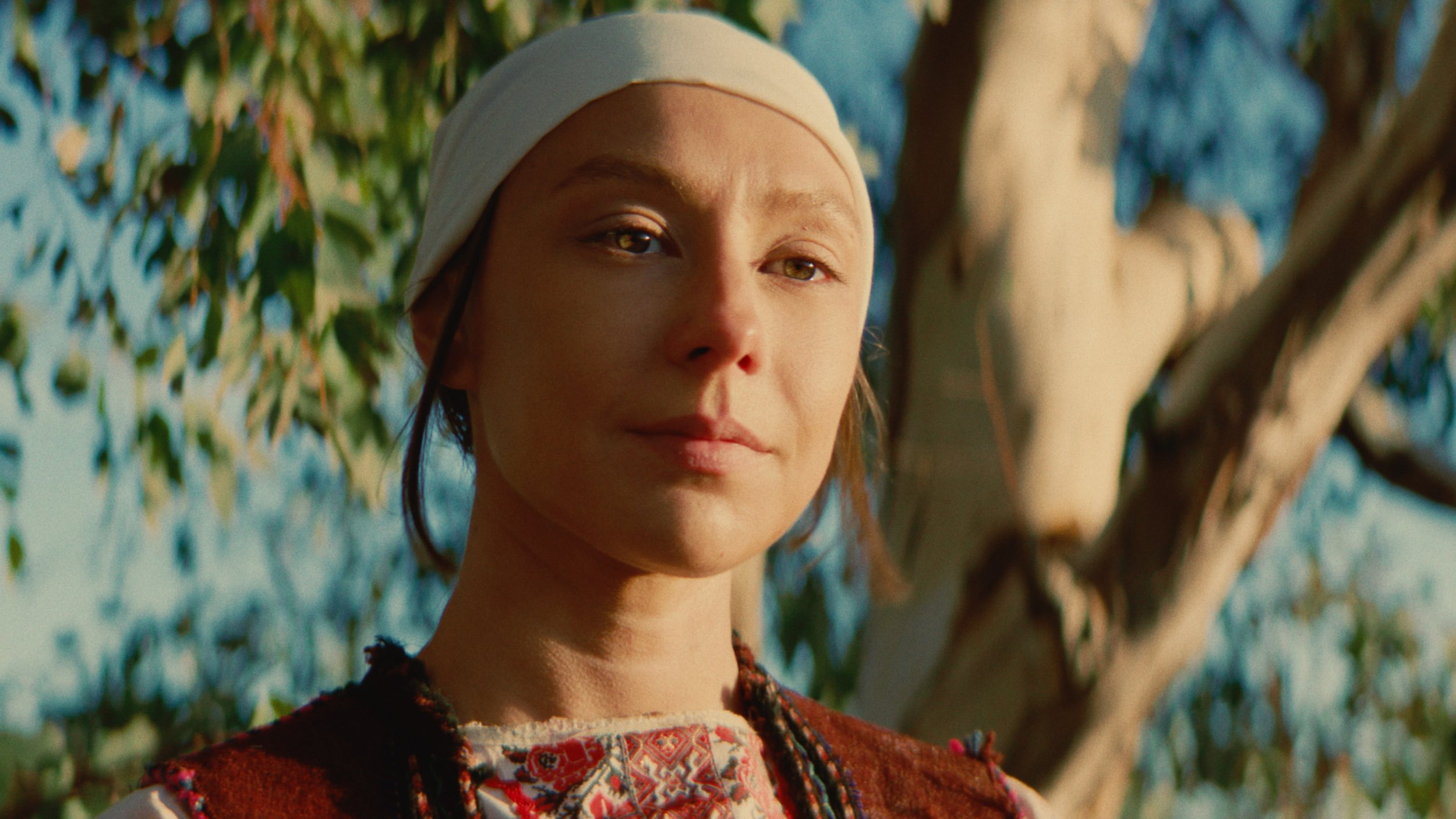
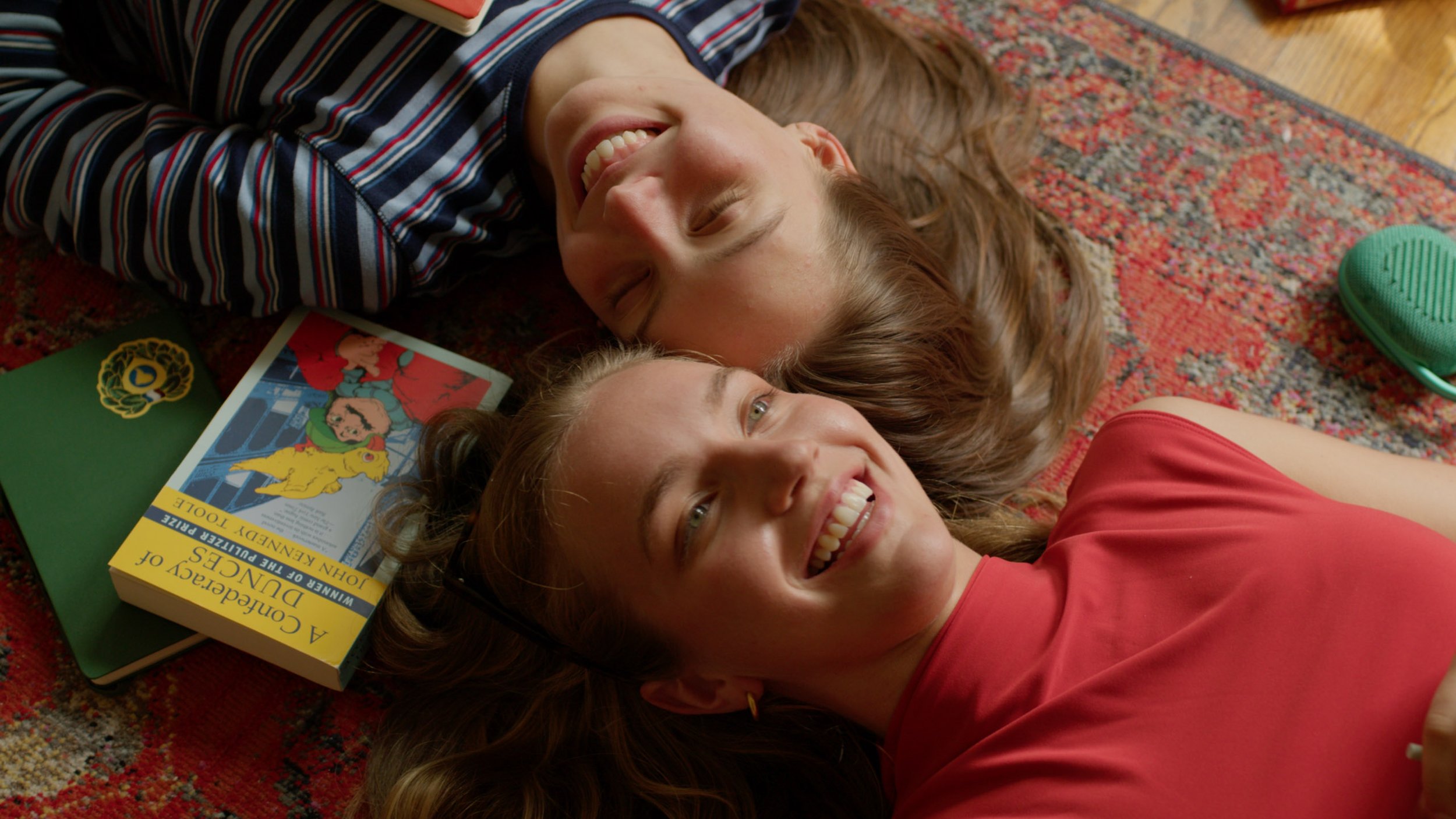

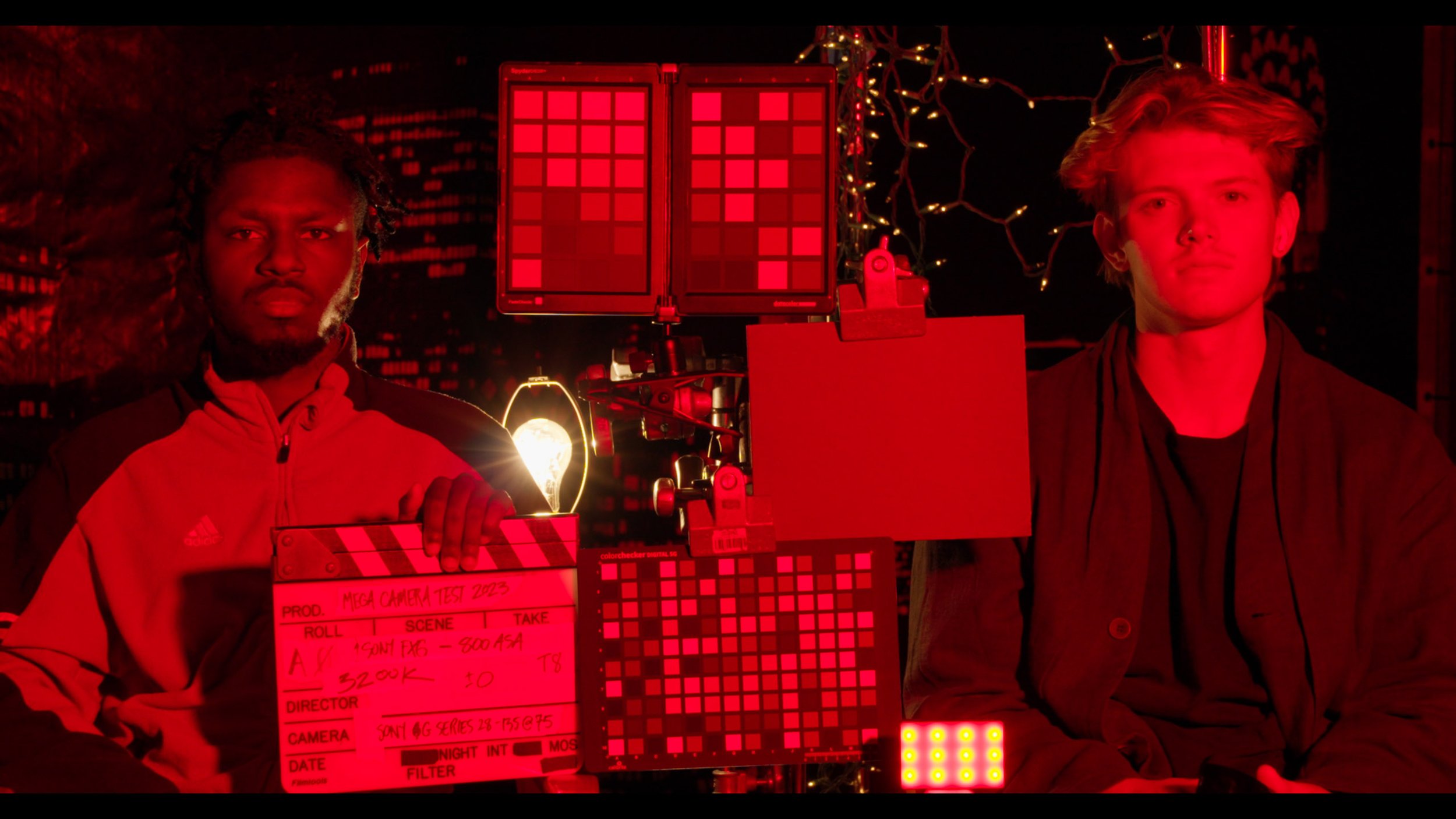
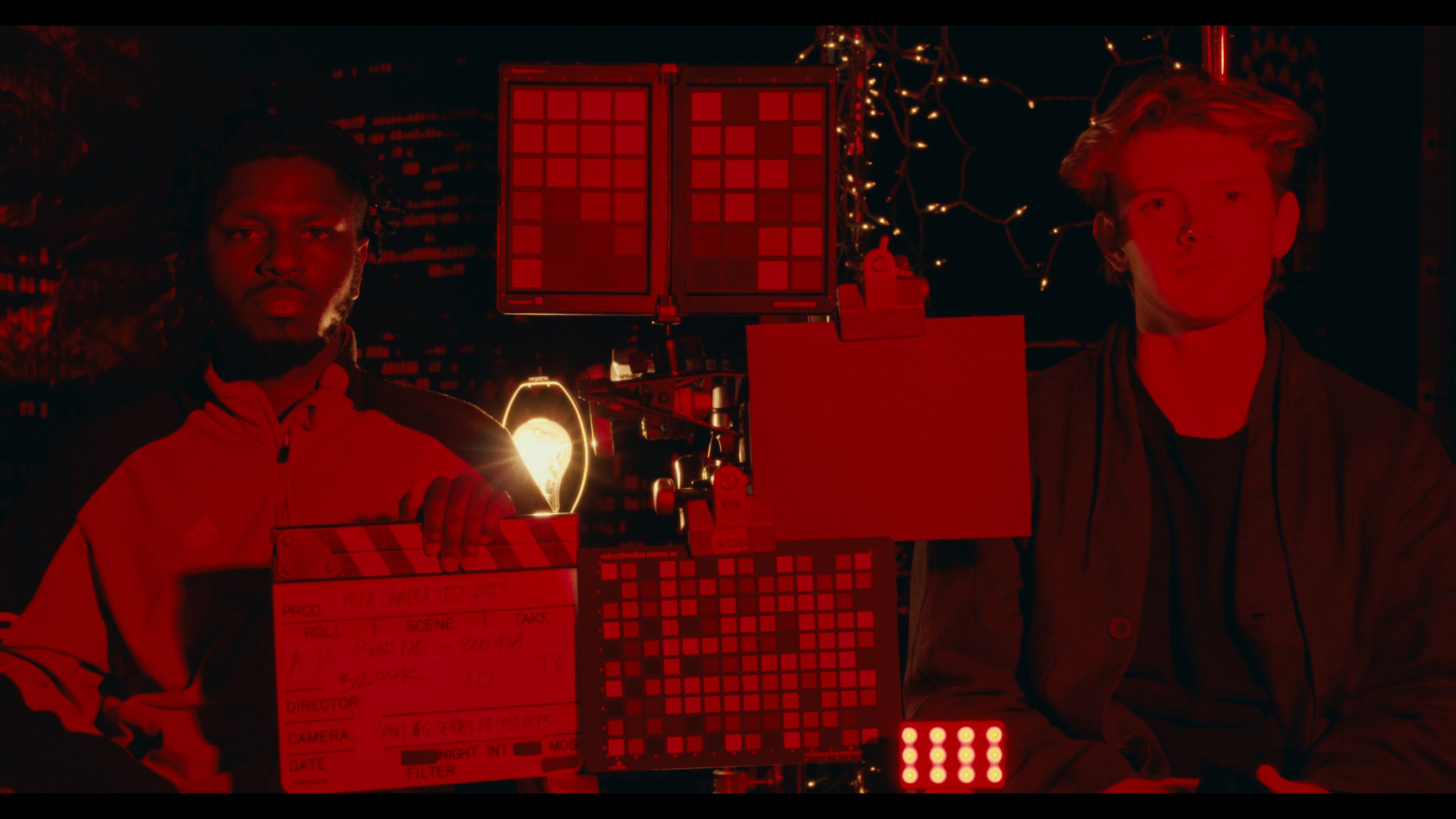
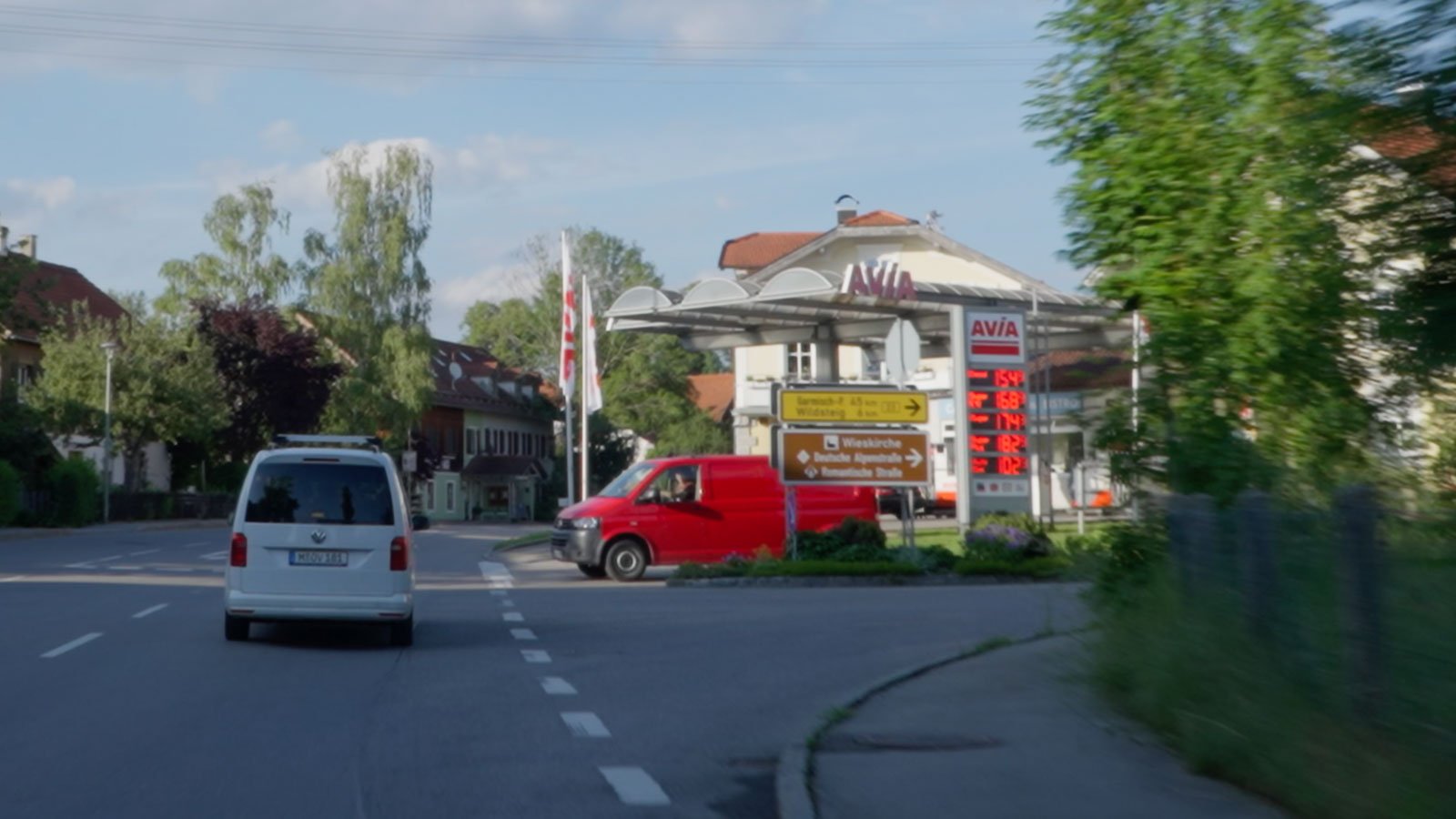
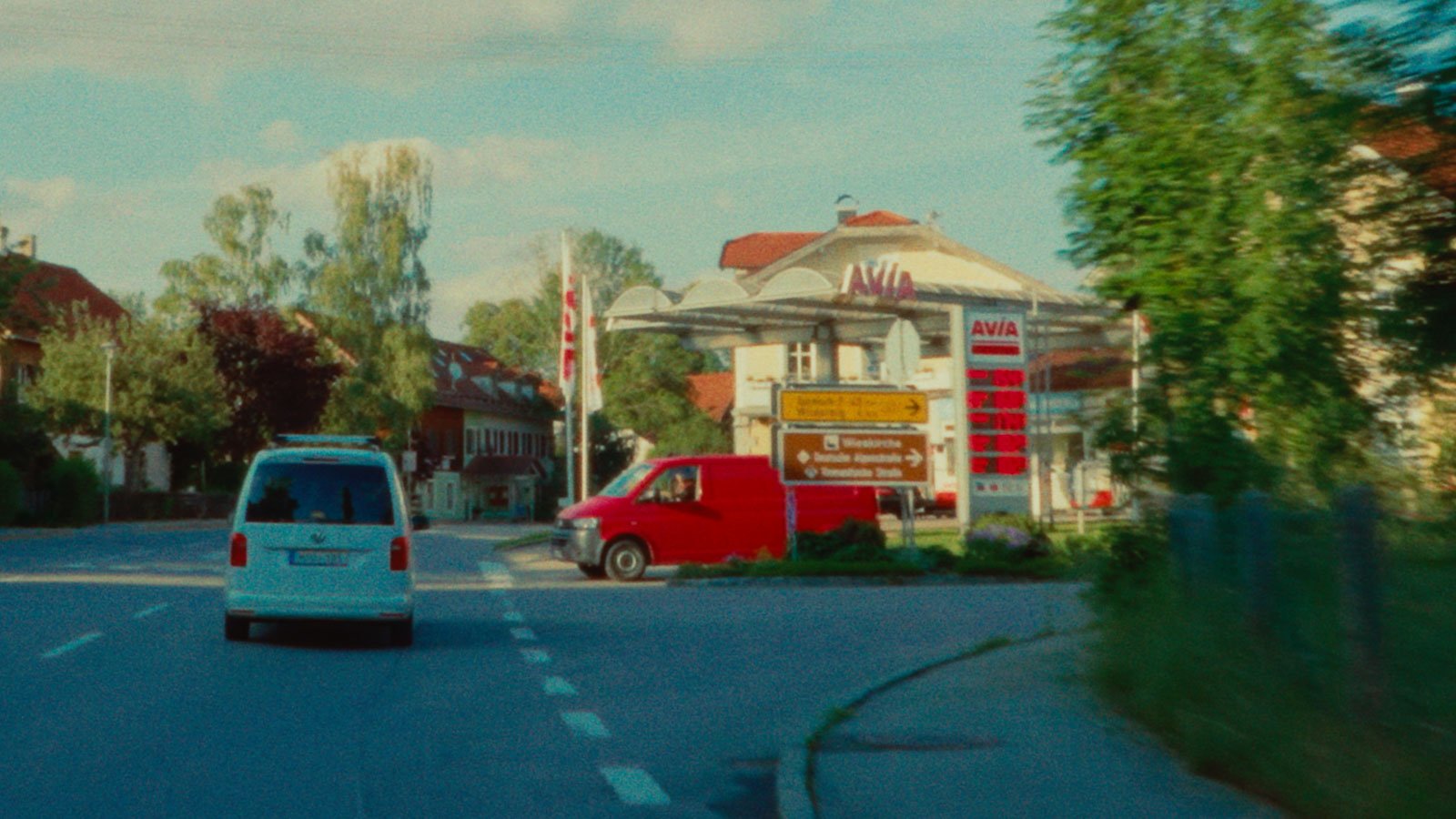
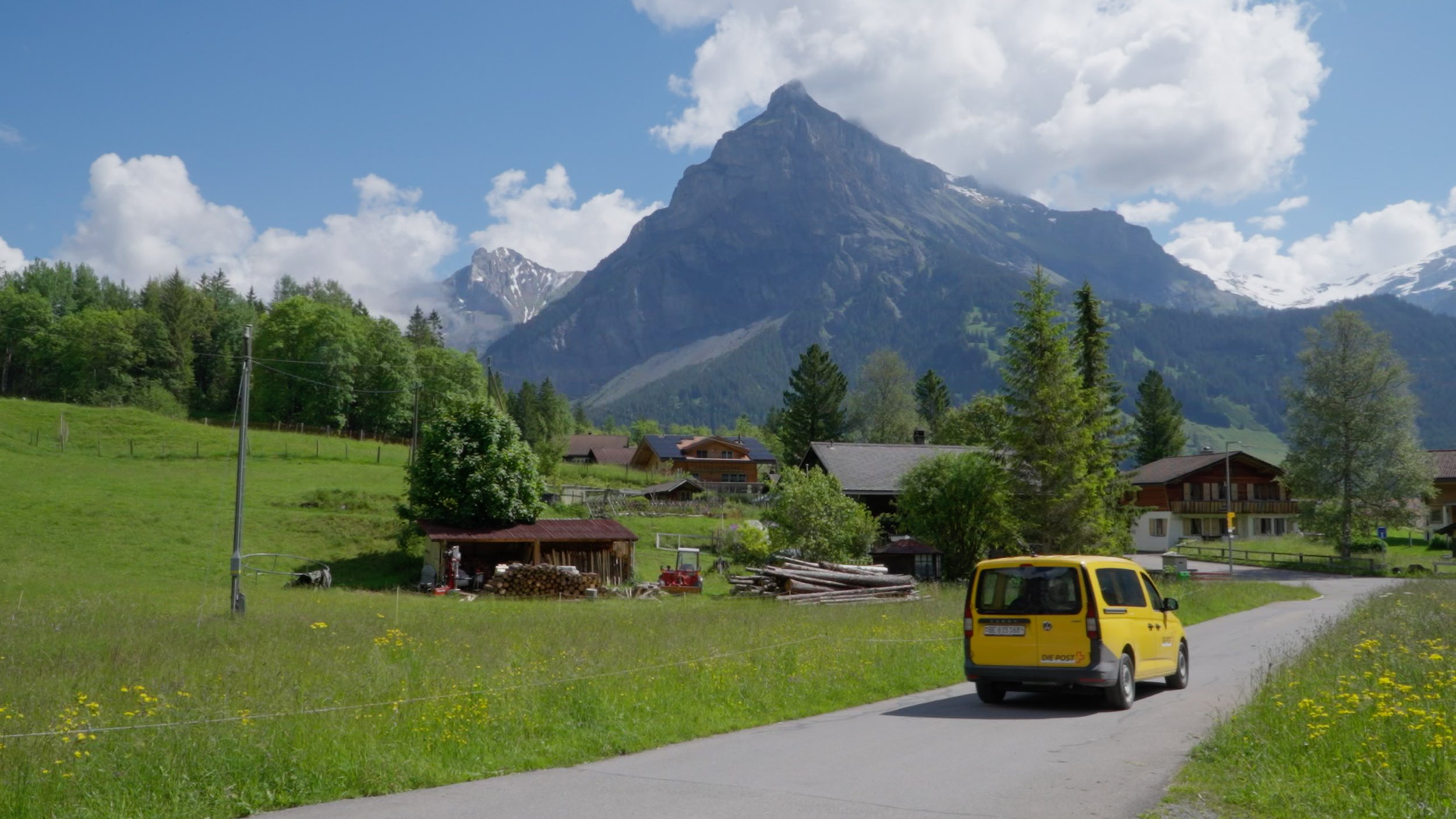

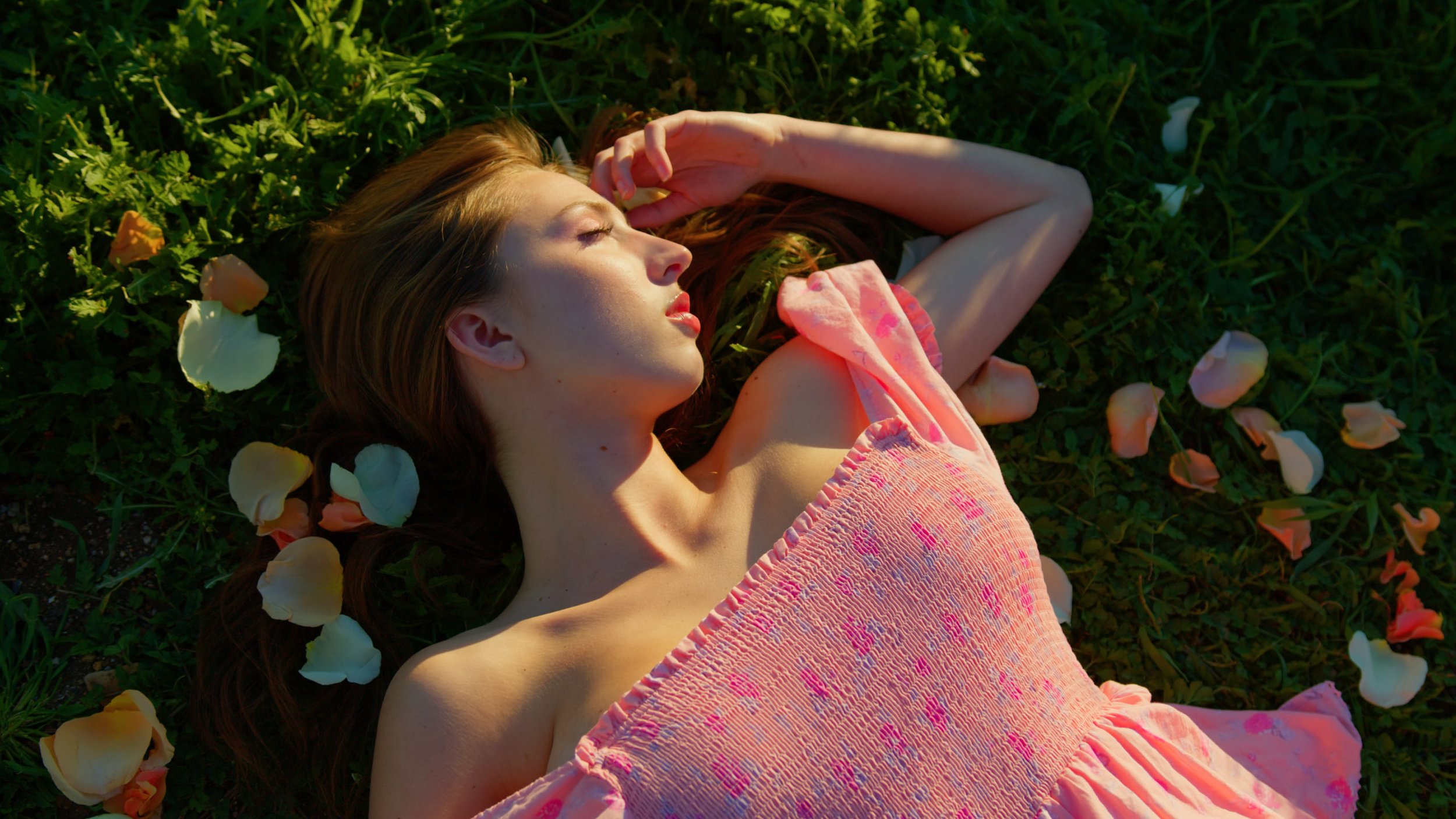

Node Tree OVERVIEW
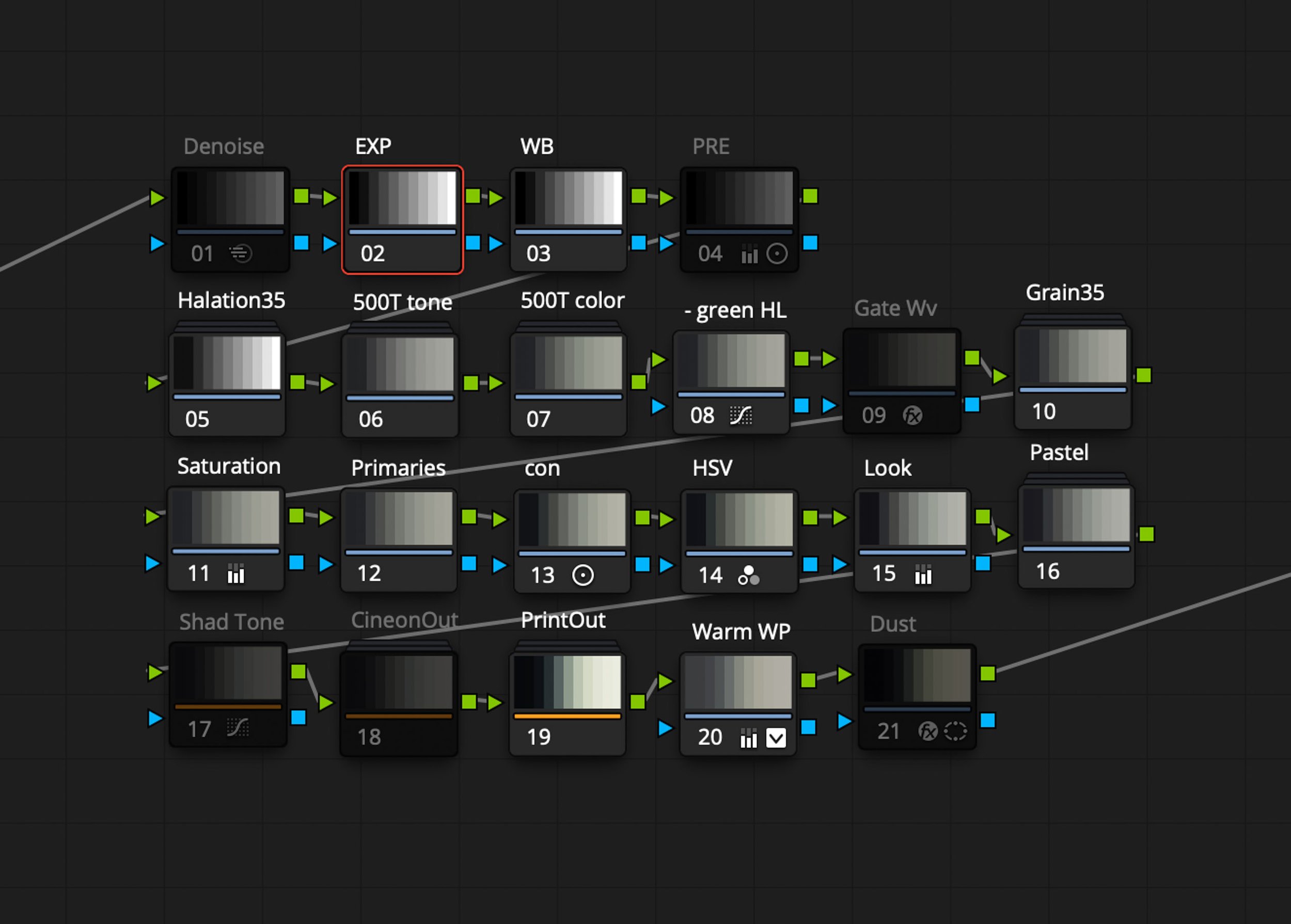
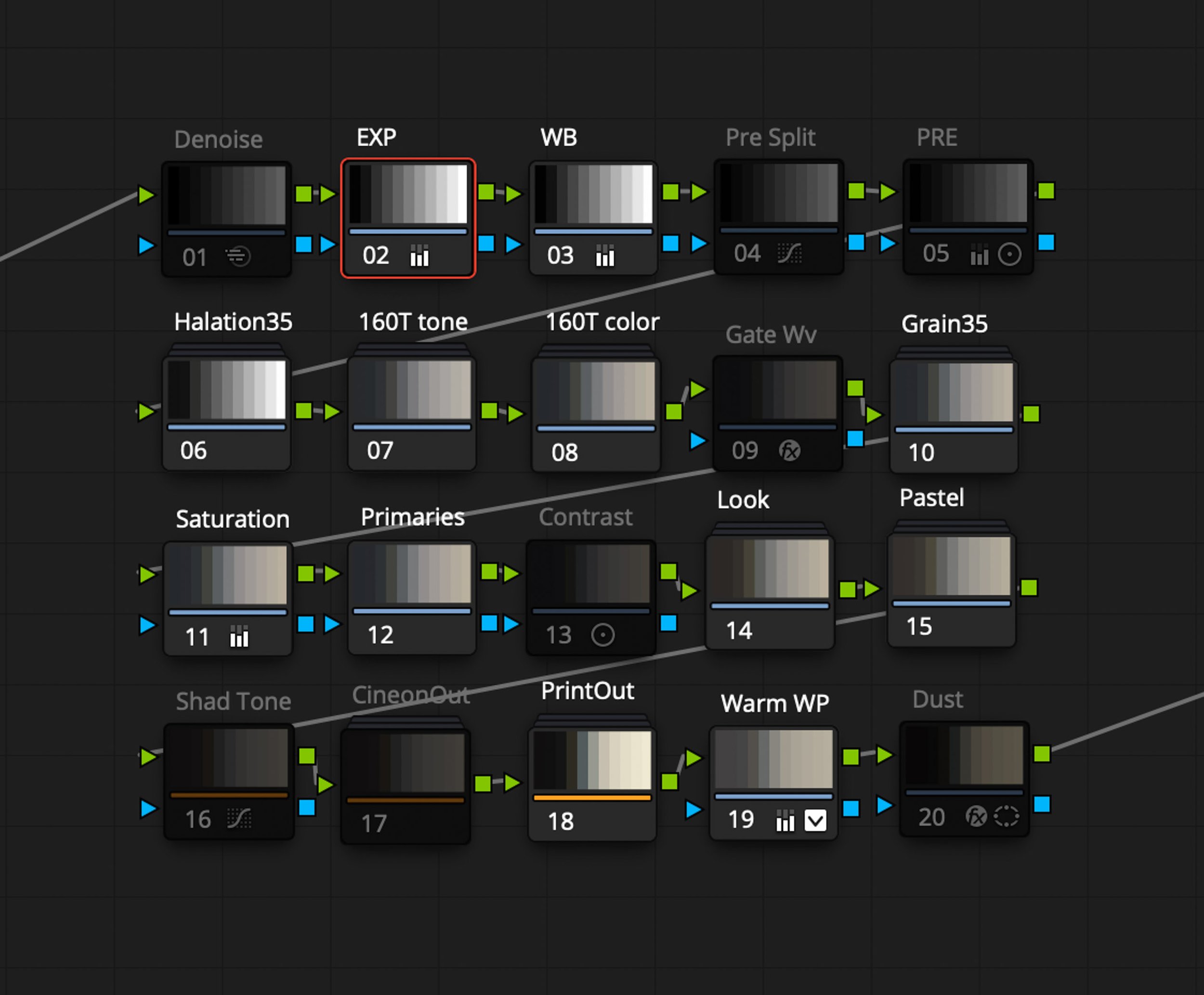
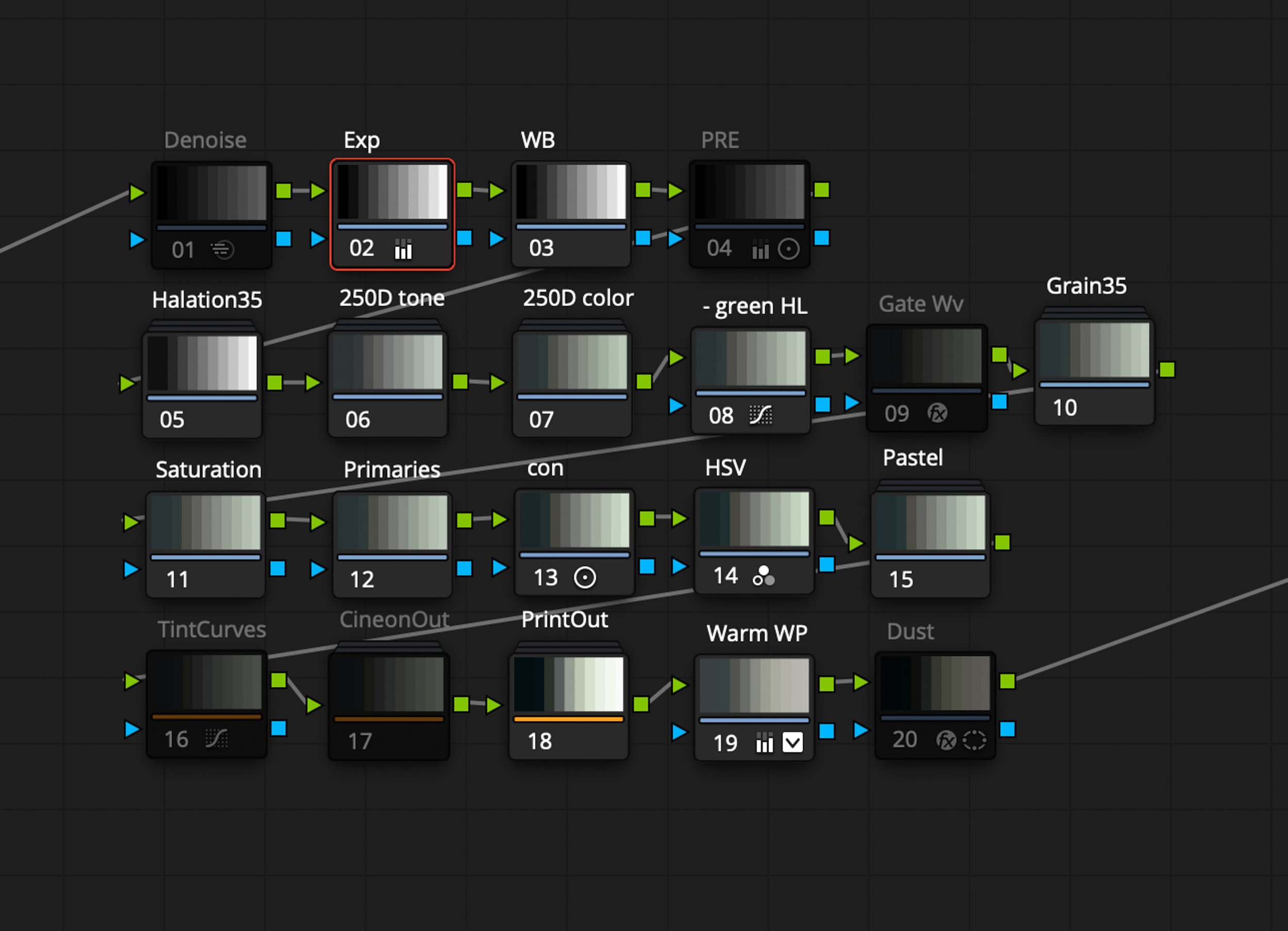
Breakdown / Order of Operations
Denoise – Spatial and/or temporal noise reduction is applied to the footage prior to all transforms.
EXP – Pre-emulation exposure is adjusted here with the Offset wheel
WB – Pre-emulation white balance is adjusted here with the Offset wheel
Pre Split – implements pre-emulation RGB curve split toning in the shadows
PRE – Pre-emulation contrast & saturation is adjusted here.
Halation – Halation is added to the footage in linear space so that it reacts accordingly with each stop of dynamic range based on the original light intensity of the scene. Halation threshold, size, and color are all customizable.
Tone – The 1-dimensional RGB tone curves are mapped to have the same response as the original negative
Color – The colors of the digital footage are mapped to match the saturation, hue, and luminance response of the original negative
-Green HL – A curve the removes some of the subtle green tint in the highlights native to certain film stocks
Gate Wv – Gate weave is added to mimic the movement of the negative through the film gate
Grain – Grain is added using Resolve’s Film Grain OFX that has been custom tuned to match the grain quality of the 16mm and 35mm negatives
Sat – Post-emulation grading saturation is adjusted here
Primaries – This is where common grading adjustments occur, like primary wheels & log wheels.
Con – Post-emulation grading contrast is adjusted here
HSV – Saturation is modified in HSV color space, giving a richer, more subtractive saturation response
Look – Built-in primary wheel corrections are implemented here based on the original film scan
Pastel – Modifies contrast & saturation to bring out a more pastel palette
Shad Tone – Post-emulation RGB split toning is implemented here, adding tints to the shadows of the image
CineonOut – An output option for gamma corrected Cineon negative scan looks. Uses a CST to go from Cineon film log gamma to Rec. 709.
PrintOut – The primary output option for print film emulation looks. Uses Kodak 2383 by default, but Fujifilm 3513 is also available.
Warm WP – Adds a warmer white point by adjusting curve end points
Dust – An optional dust node using Resolve’s Film Damage OFX. The included customized settings keep the dust minimal and realistic, but can be adjusted to taste.
A more in-depth explanation of the nodes and workflow is included in the User-Guide pdf.
In this case, a revocation can only be made if the buyer has not yet downloaded the files. However, we will consider granting refunds under certain circumstances (e.g. duplicate order, the wrong preset is sent). We will grant refunds at our reasonable price. If the buyer requests a refund and a download has not been performed, we will honor a full refund to the customer.
Please take time to preview the product pictures, descriptions, and videos before you buy to avoid mistakes. We tried our best to gather all the important information for each product so that you preview and be satisfied before making a purchase. Thanks so much for choosing our products. We hope you’ll love them as much as we do!
Our team is incredibly responsive and takes pride in taking care of our customers. Please feel free to get in touch with us via the contact page or email us directly at [email protected] with any questions or concerns and we’ll be happy to help within 24 hours.


